Wondering about the importance of Biblical geography for your teen? Check out Bible maps that teach with the best Bible atlas for your family.

I want to thank Baker Books for sending me a copy of The Basic Bible Atlas. The opinions following are my own.
The background of the Bible–biblical geography and history–are important to understand when we seek to discover the meaning of the original human authors of the Bible. We can help our teens better understand God’s Word by helping them understand the time and place Scripture is grounded in.
The Importance of Biblical Geography
The Bible is full of geography. It’s a book that tells the story of God’s people, set in actual time and space. The events of Scripture actually took place, and the land and times they happened in and during matter.
Our teens really can’t fully understand the story of Scripture without delving into the history and geography of the Bible. When we help our kids study the background of the Bible lands and culture, we help make God’s Word a rich experience for them, full of meaning and depth.
More importantly, understanding biblical geography, history, and culture helps our teens carefully consider the original intent of the authors of the Bible. It’s easy for us to read our own cultural understandings and historical background into the Bible. However, a careful reading of Scripture requires we read God’s Word with the intent to discover what the Holy Spirit is saying through each human author. We really must seek to understand the message the author intended to deliver to the original readers.
The importance of biblical geography in this case is clear. Biblical geography impacts the cultures of the Bible, the storyline, and a number of the themes of Scripture as well. The more our kids understand about the lands where the story of Scripture took place, the better we equip them to understand the message of the Bible.

Bible Maps that Teach
Thankfully, teaching our teens about Bible geography isn’t difficult. Studying Bible maps is helpful, and can help orient your Bible student in the time and space of Scripture.
During their upper elementary years, we made a series of paper maché maps of the land of Israel with our kids. While we were reading the books of Samuel and Kings, we painted the maps to represent the United and Divided Kingdoms, writing the dates in the corner. It was a stark representation for our boys of the consequences of a nation’s spiritual adultery. As they painted each tribe’s territory, they were able to see how obedience and disobedience impacted the nations of Israel and Judah. We still have those maps hanging on the wall in our home, reminding us that God judges nations.
While supplementing book knowledge with hands-on projects for your tweens and teens is always impactful and memorable, your kids are going to get a lot out of reading about the lands of the Bible. Good Bible land maps will help your teens root their understanding of Scripture in the time and space of the actual storyline.
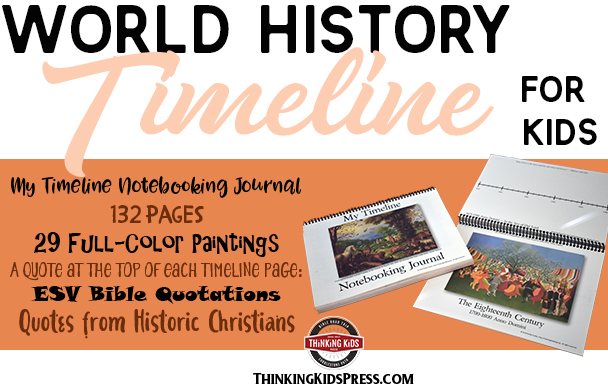
The Best Bible Atlas
There are lots of Bible atlases available, and each has its own strengths.
John A. Beck’s The Basic Bible Atlas: A Fascinating Guide to the Land of the Bible is a perfect resource for your middle and high school students. Beck holds a PhD from Trinity International University, and has been teaching Hebrew and the Old Testament for over 25 years. In that time, he’s traveled extensively in the Bible lands.
The Basic Bible Atlas has clear, easy-to-read Bible maps. What I found really fascinating, though, was Beck’s commentary on the way God uses the lands of the Bible to communicate themes in Scripture. There is, for example, a constant longing to return to the Garden of Eden–the paradise God created for Adam and Eve. We see this longing in the characters of Scripture as they wander from their Creator God. Something is wrong, and only salvation and forgiveness of sin in Christ Jesus can return us to our God who made us. It is fascinating to understand how this theme shows in biblical geography.
The Basic Bible Atlas has 10 chapters:
- Introduction to the Atlas (2 maps)
- Introduction to the Biblical World (9 maps)
- Creation, Fall, and Rescue Plan Stories (5 maps)
- Exodus, Wilderness, and Transjordan Stories (4 maps)
- Conquest, Division, and Crisis Stories (5 maps)
- United Kingdom Stories (10 maps)
- Divided Kingdom Stories (7 maps)
- Exile and Return Stories (4 maps)
- Jesus Stories (9 maps)
- Church Stories (7 maps)
This structure makes the Bible atlas perfect to use with your middle and high school students in two ways.
First, as you read through the Bible with your kids, read the corresponding section in The Basic Bible Atlas. For example, before you begin reading Genesis, read chapter 3 together and examine the maps.
Second, you can use this resource as an addition to a semester of Bible study. Just have your kids read a chapter a week.
Either way, this resource will add to your teen’s understanding of biblical geography. Their Bible study will be enriched and grounded in Bible lands, culture, and history. That’s a win in my book.
Baker Books Resources For Bible Geography and History
Baker Books has some wonderful resources on the background of the Bible that will help your teens learn more about the most important book in the universe.
Bible Resources for Your Kids
Learn More HereLearn More HereLearn More HereLearn More HereLearn More HereLearn More Here
Martin Luther and the Reformation
Teach your teens about Martin Luther and the Reformation in an exciting, new way with When Lightning Struck!: The Story of Martin Luther!
As Luther’s understanding of the spiritual corruption within the Church grew, and he despaired of true salvation, Luther (now a scholar and priest) sought the Bible for answers. Following his discovery of the true gospel in Scripture, Luther began to preach spiritual freedom to his congregation, and to teach biblical (rather than philosophical) theology at the University of Wittenberg.
It was on October 31, 1517 that Martin Luther penned his Ninety-Five Theses in Latin in response to the abusive indulgence sales practices of the monk Johann Tetzel in a nearby town. Luther nailed the Theses to the door of the Wittenberg Castle Church, the scholarly bulletin board of his day, and mailed a copy to the Archbishop of Mainz. Luther hoped to start a scholarly debate about the practice of selling salvation through plenary indulgences. The response he received was greater–and more dangerous–than he imagined it would be.
Luther’s story is exciting. There are death defying moments, epic spiritual battles, narrow escapes, a kidnapping, revolution, and war. As the “Father of the Reformation”, Luther is a vital figure in Church history. His sacrifice and willingness to wage battle against the spiritual, religious, and political powers of his medieval world allowed Christians throughout time to embrace the truth of salvation by grace alone through faith alone in Christ alone as explained by Scripture alone once again. May all glory be to God alone!
Read portions of the first eight chapters of When Lightning Struck!:
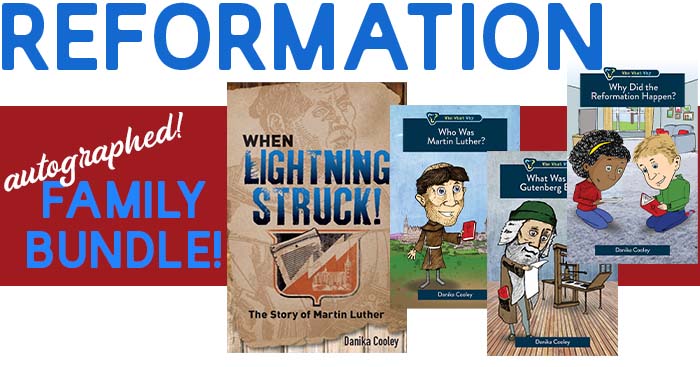
Grab the autographed Reformation Family Bundle!
Books Make Great Gifts!
More Thinking Kids Posts You’ll Love!
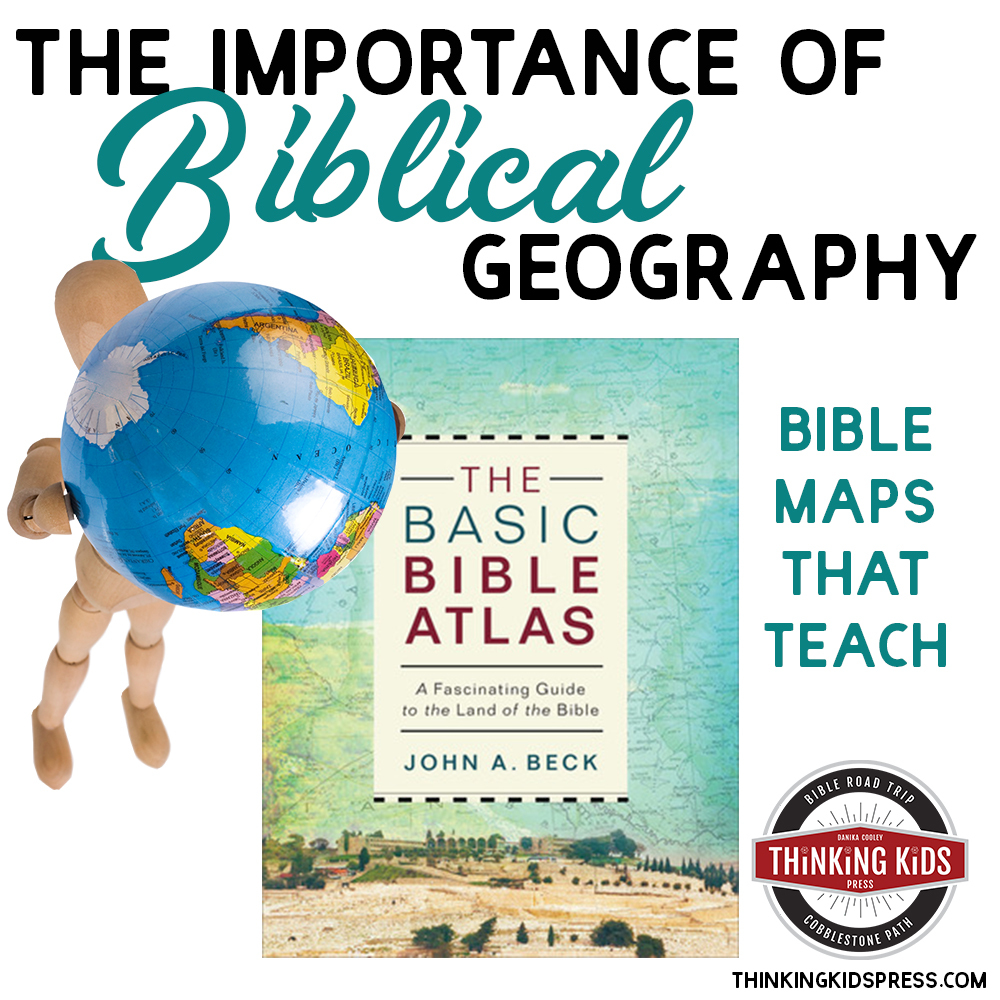
Join the newsletter

Get the Family Prayer Box Project FREE!
Teach your children to pray with this fun project that includes 7 printable sets!





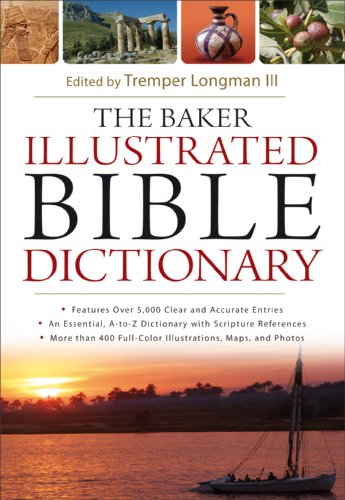



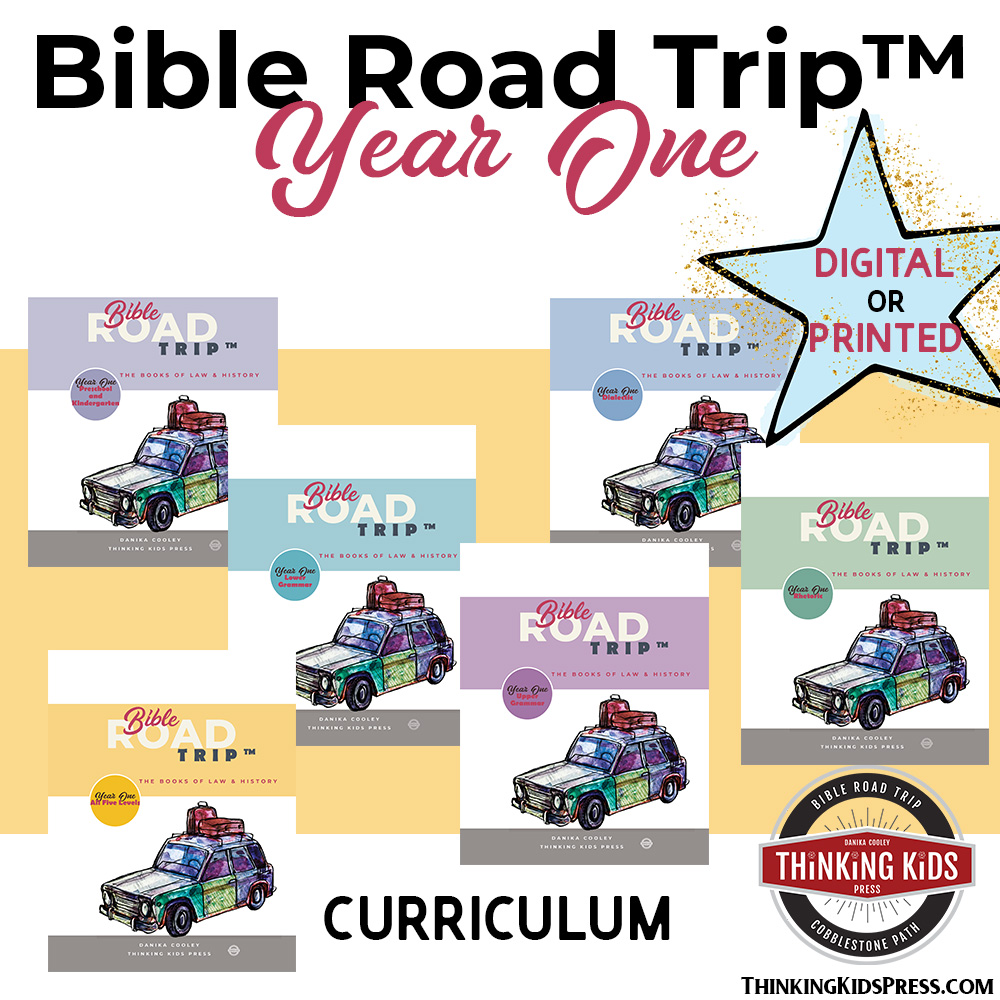
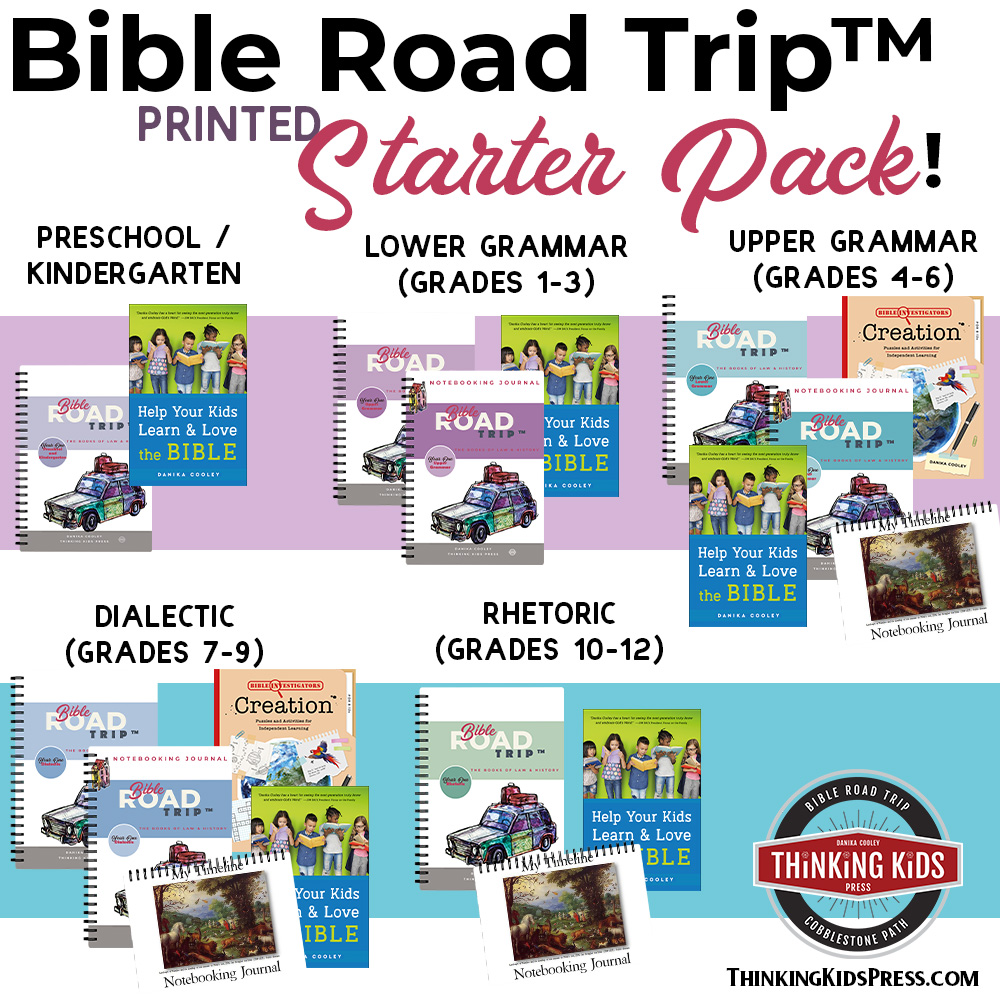
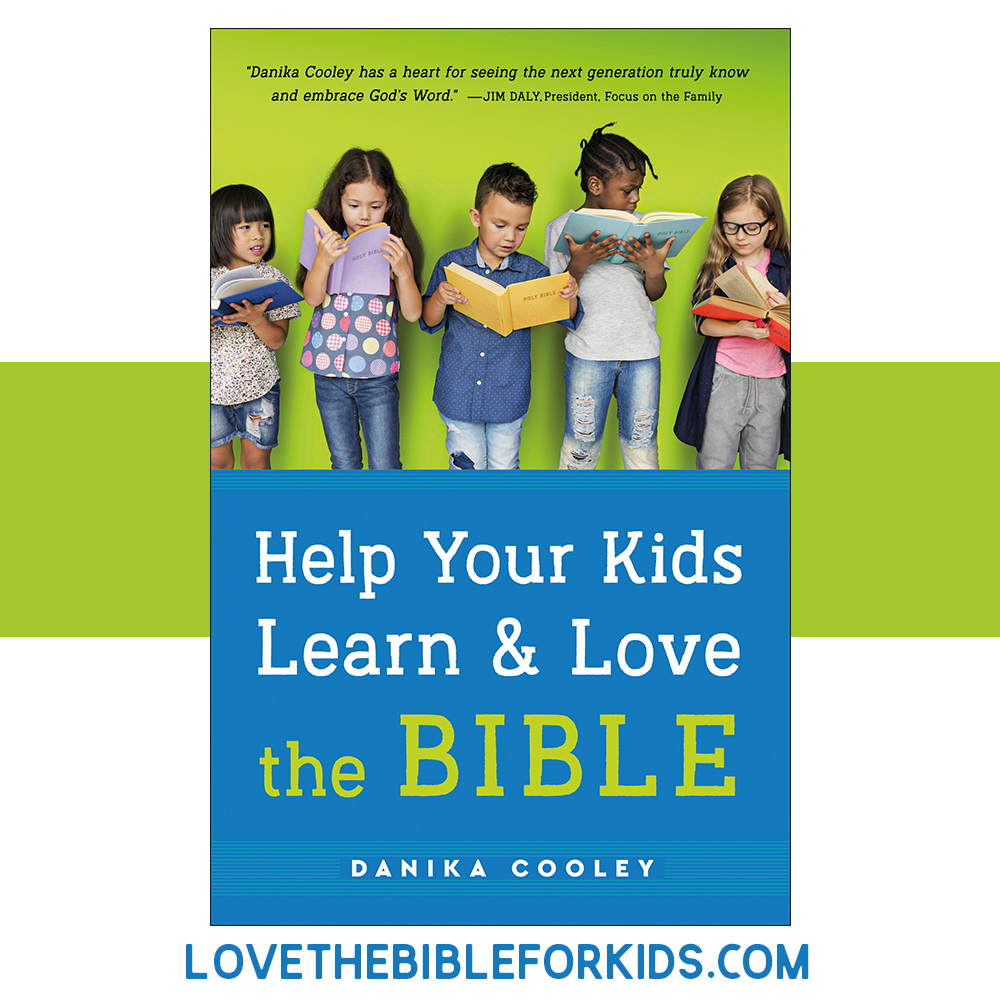
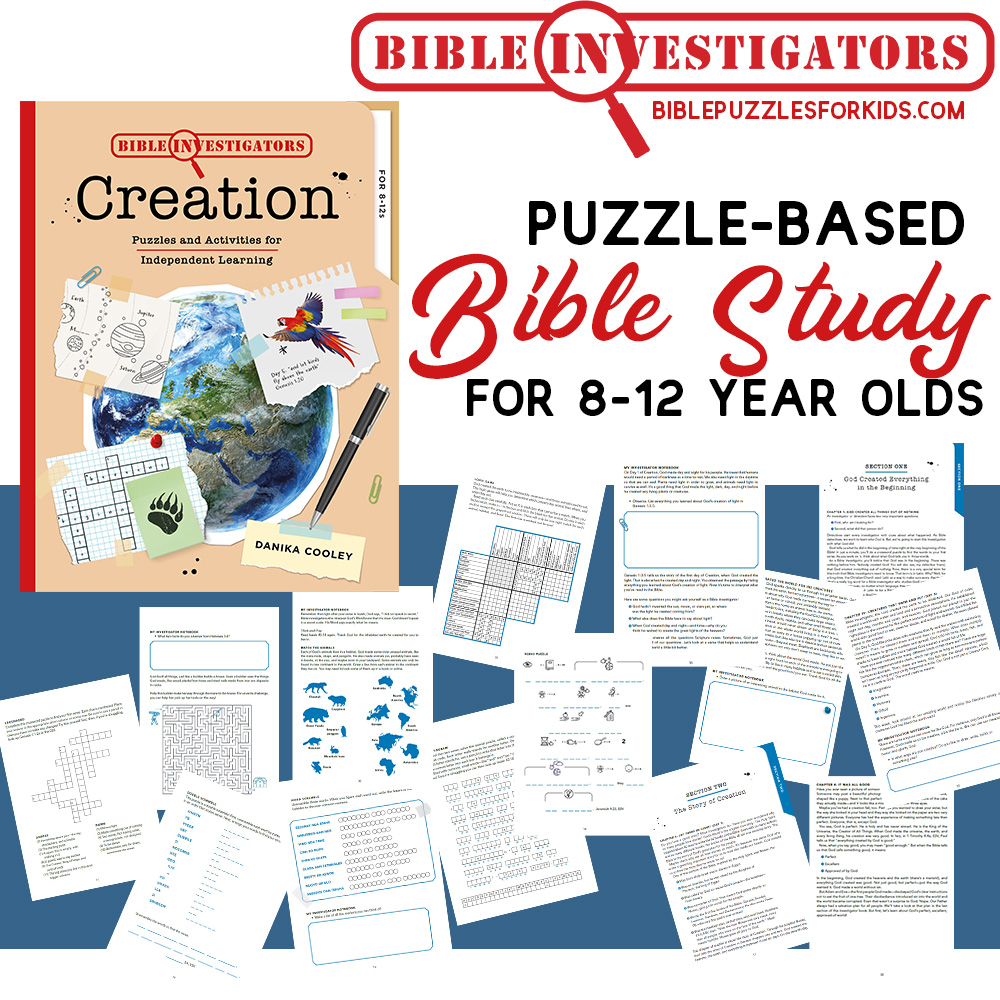
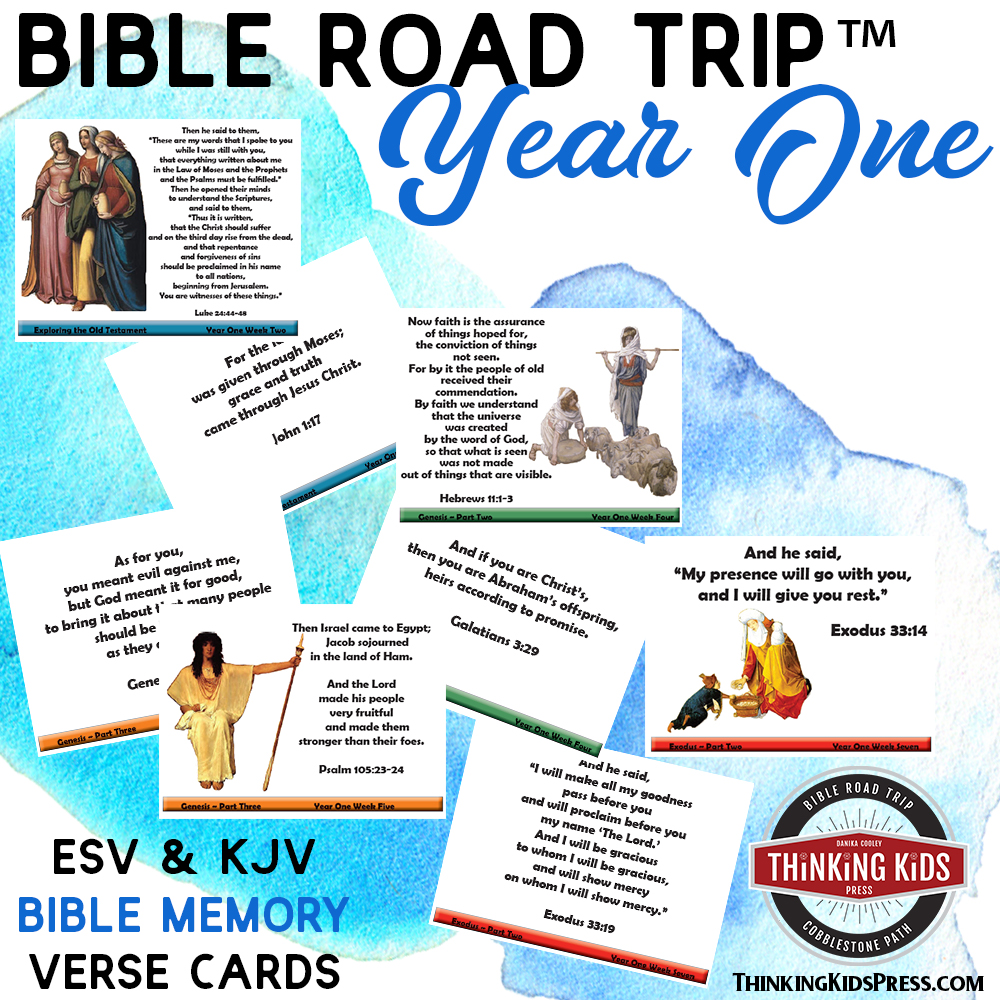
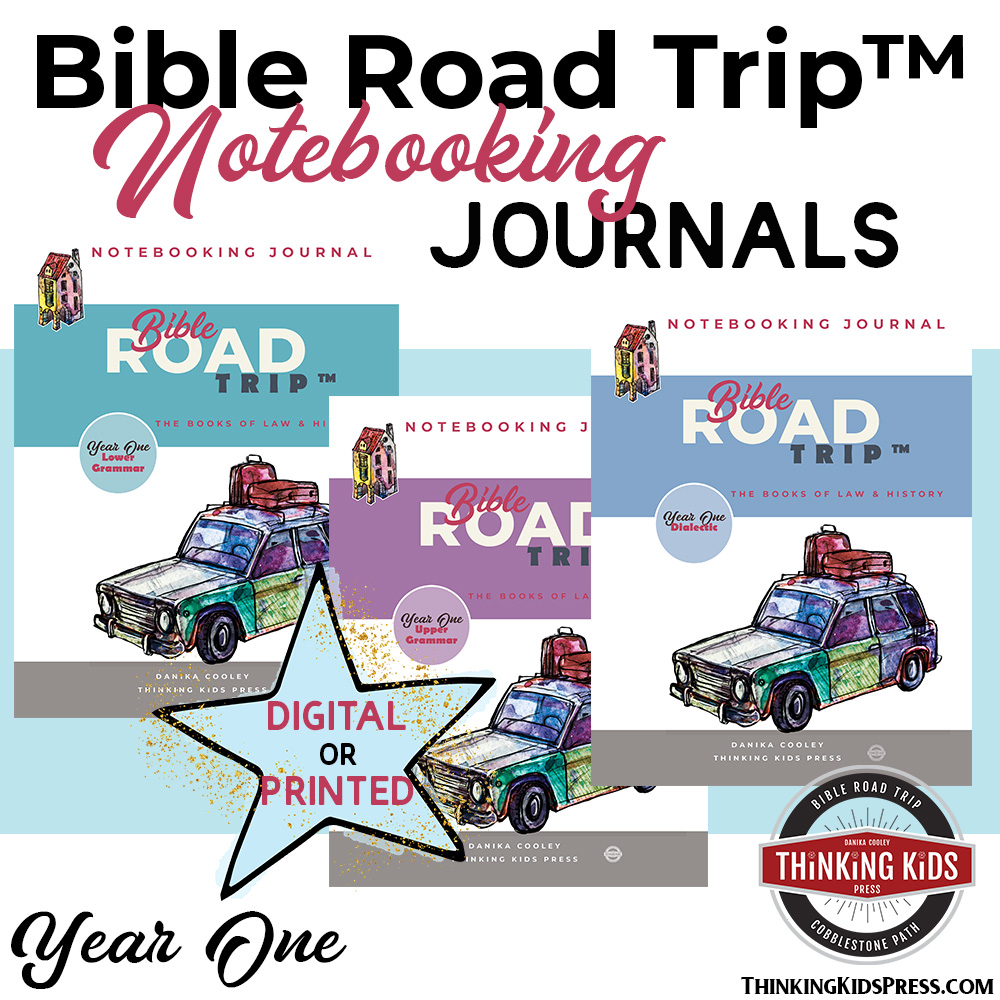










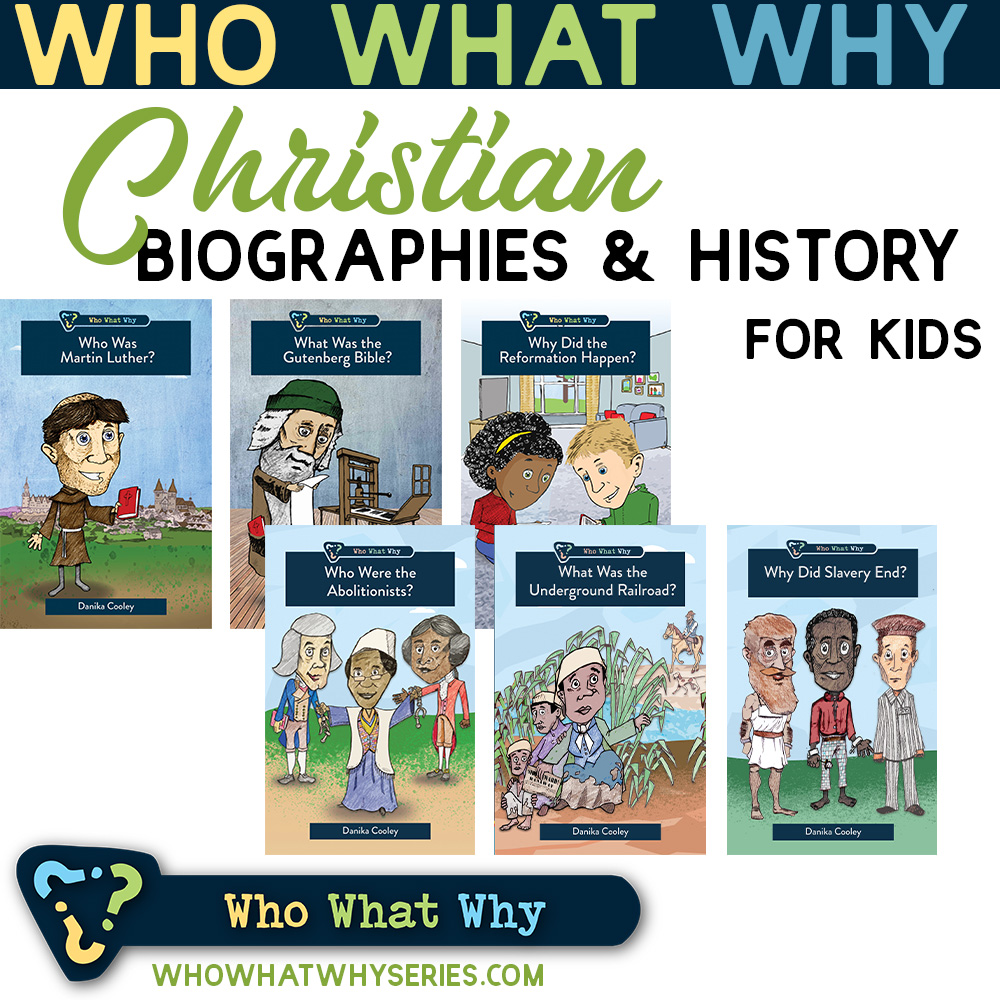
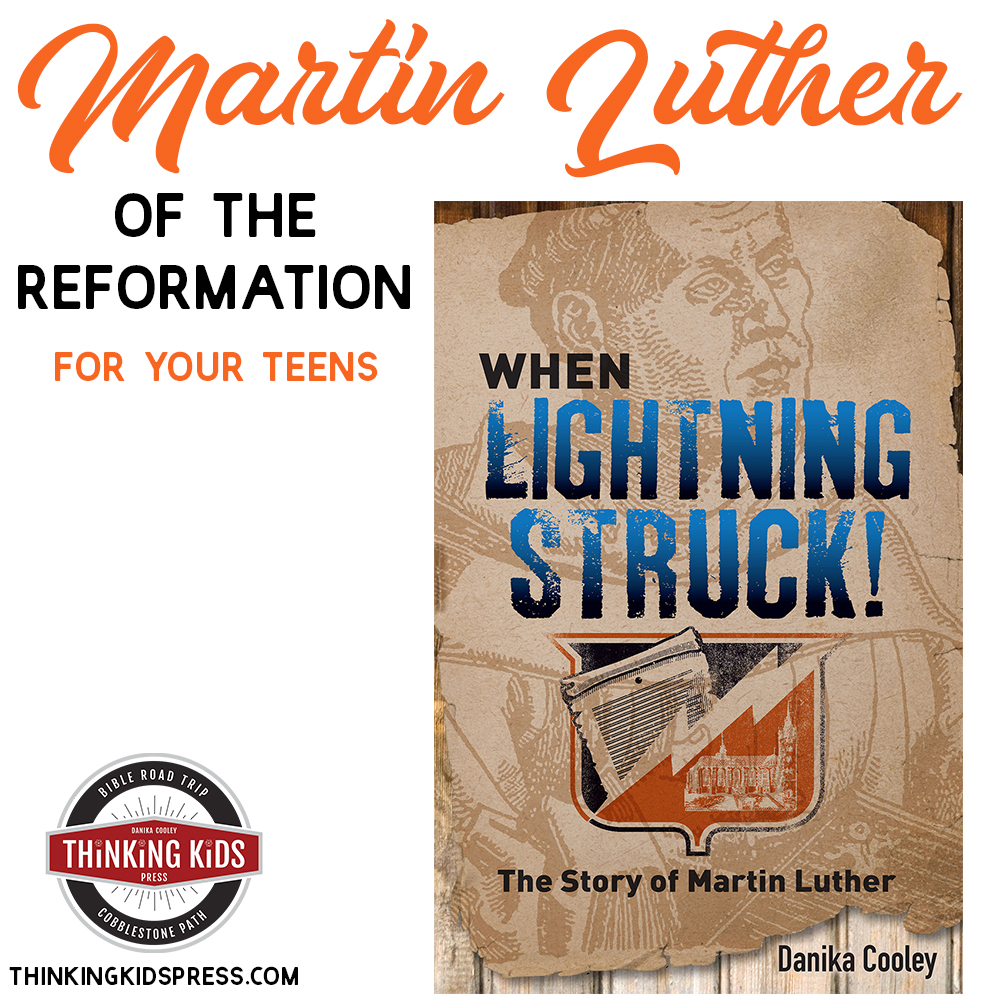

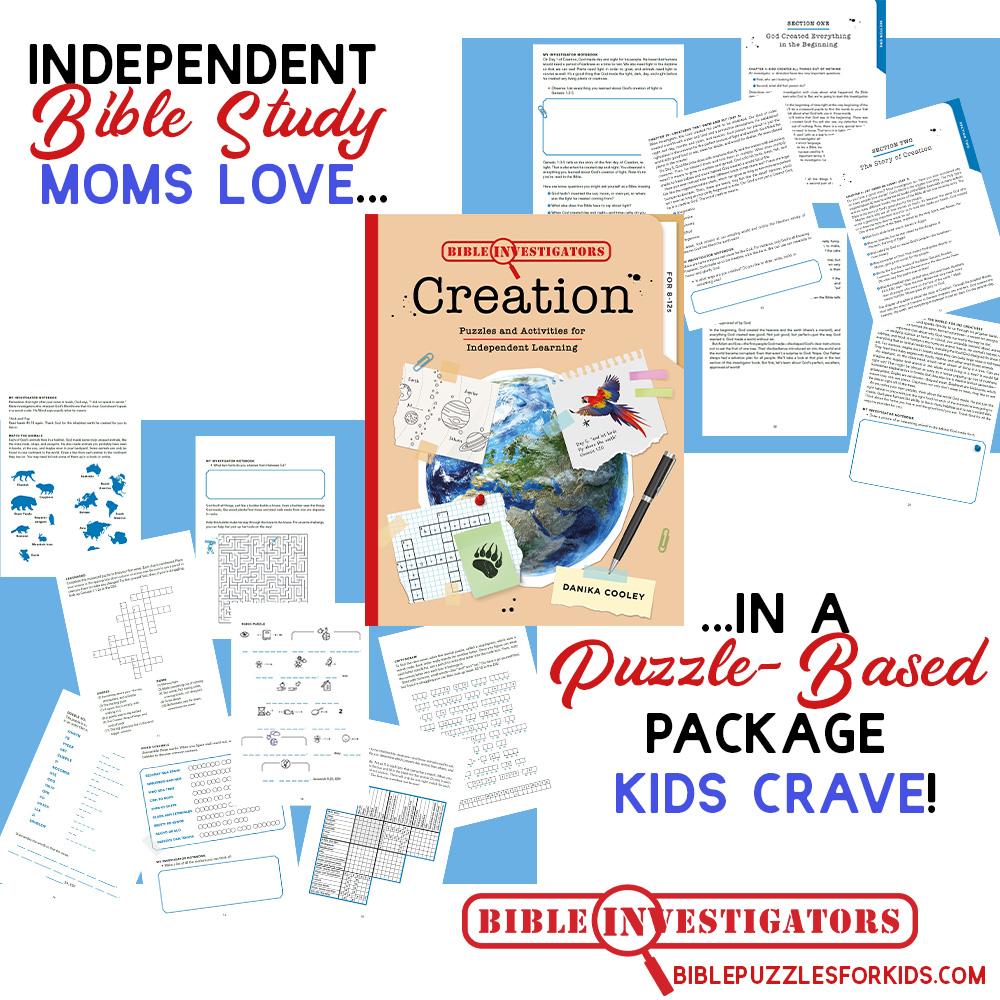
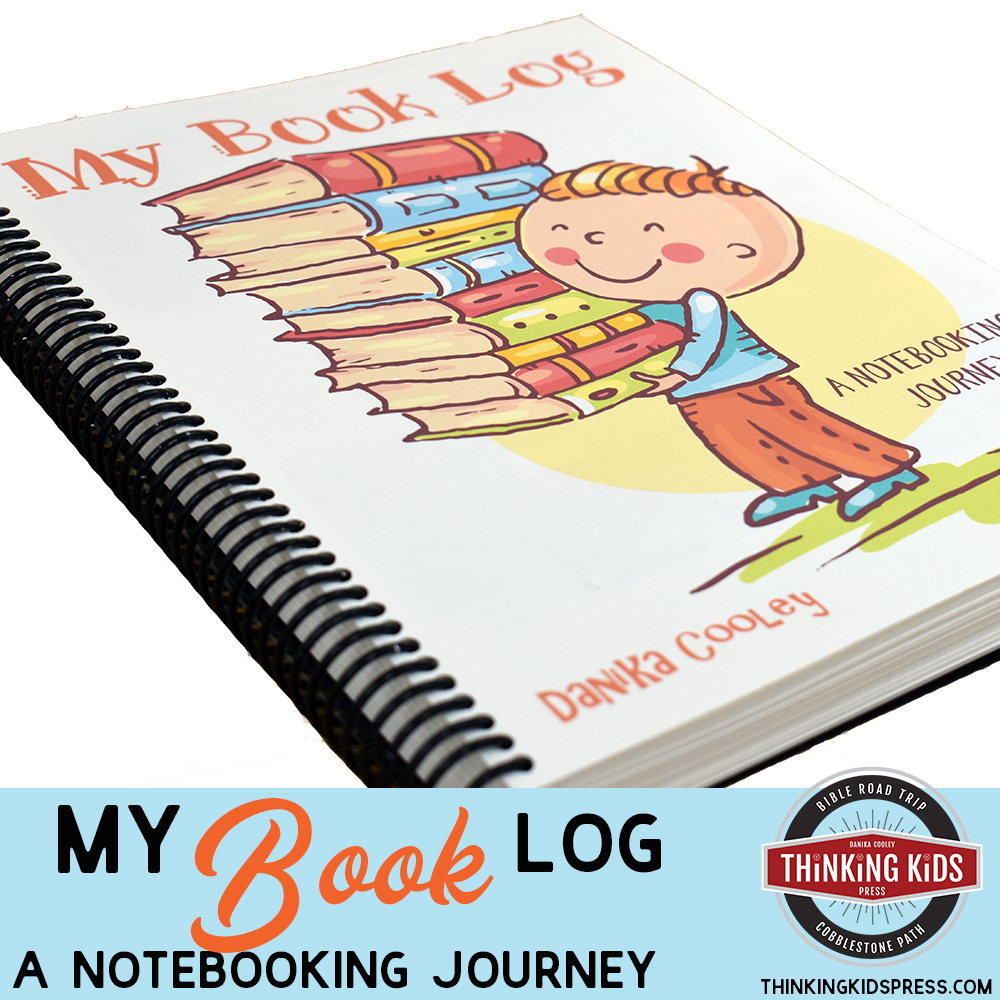
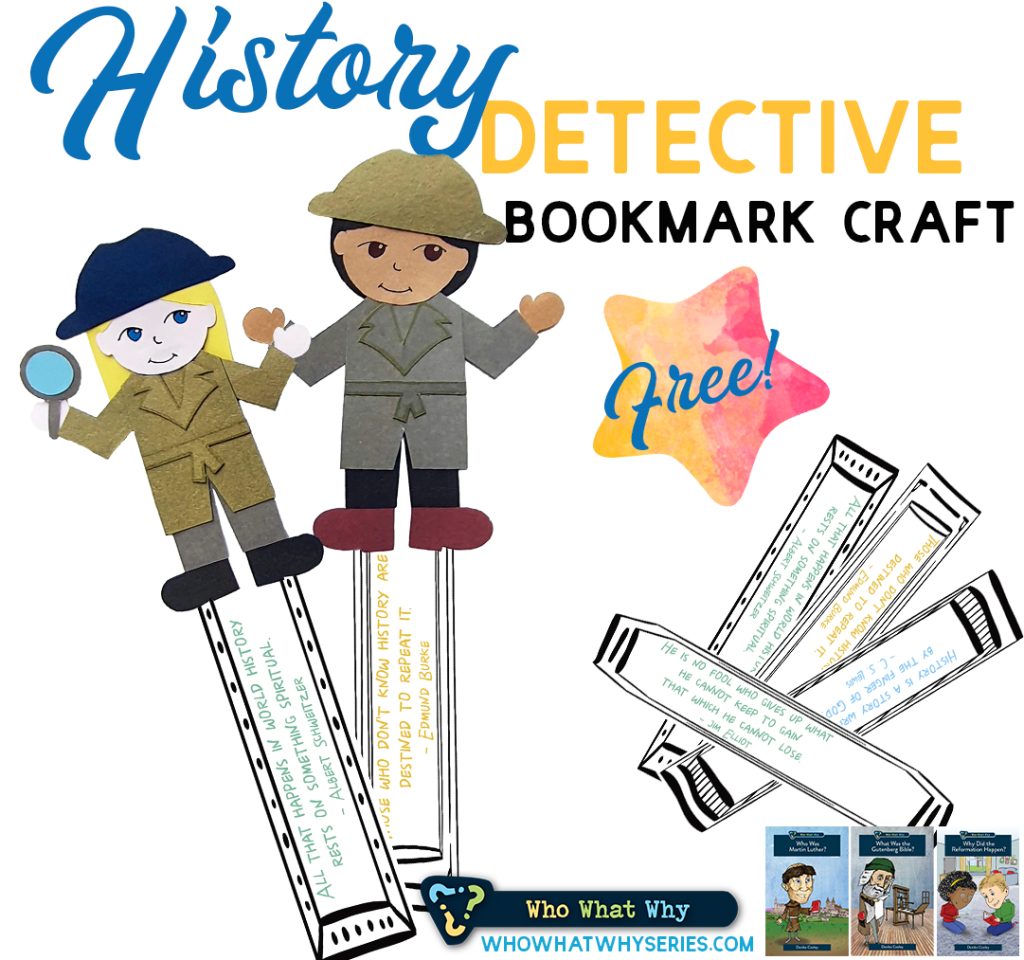
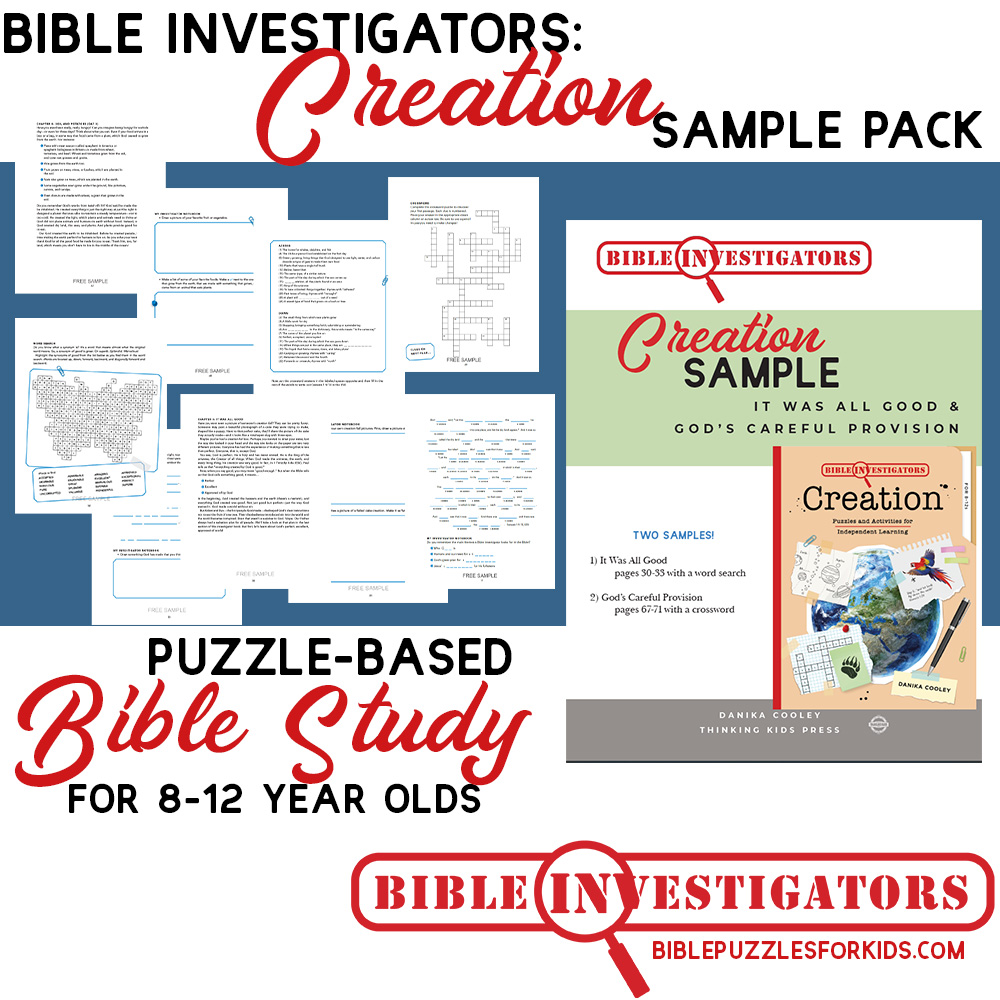

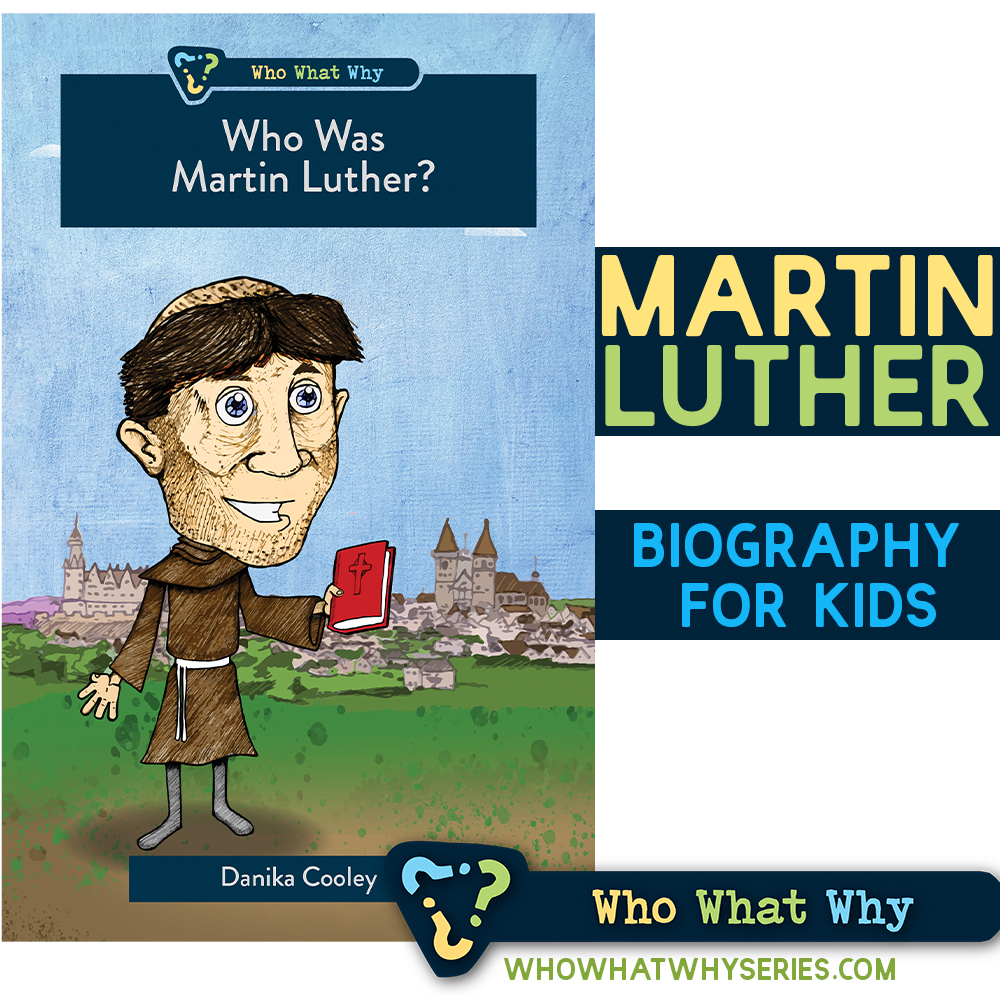
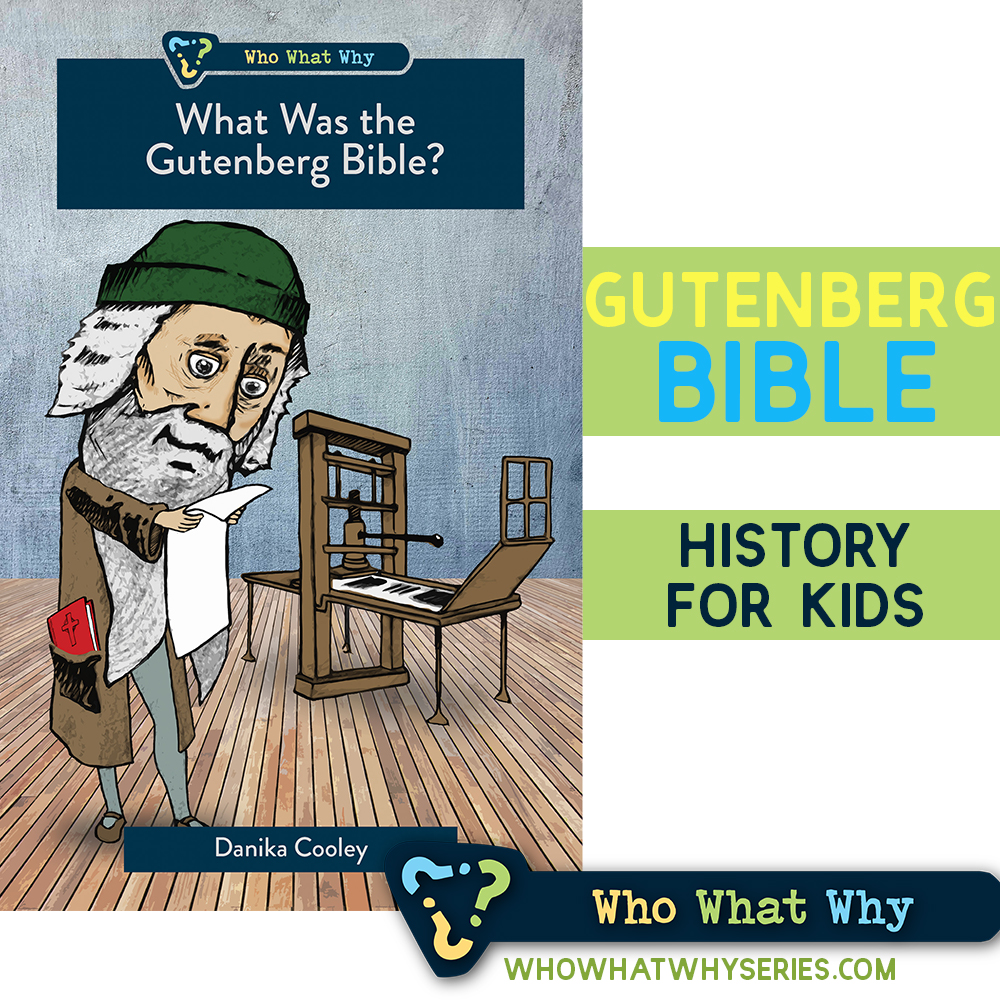
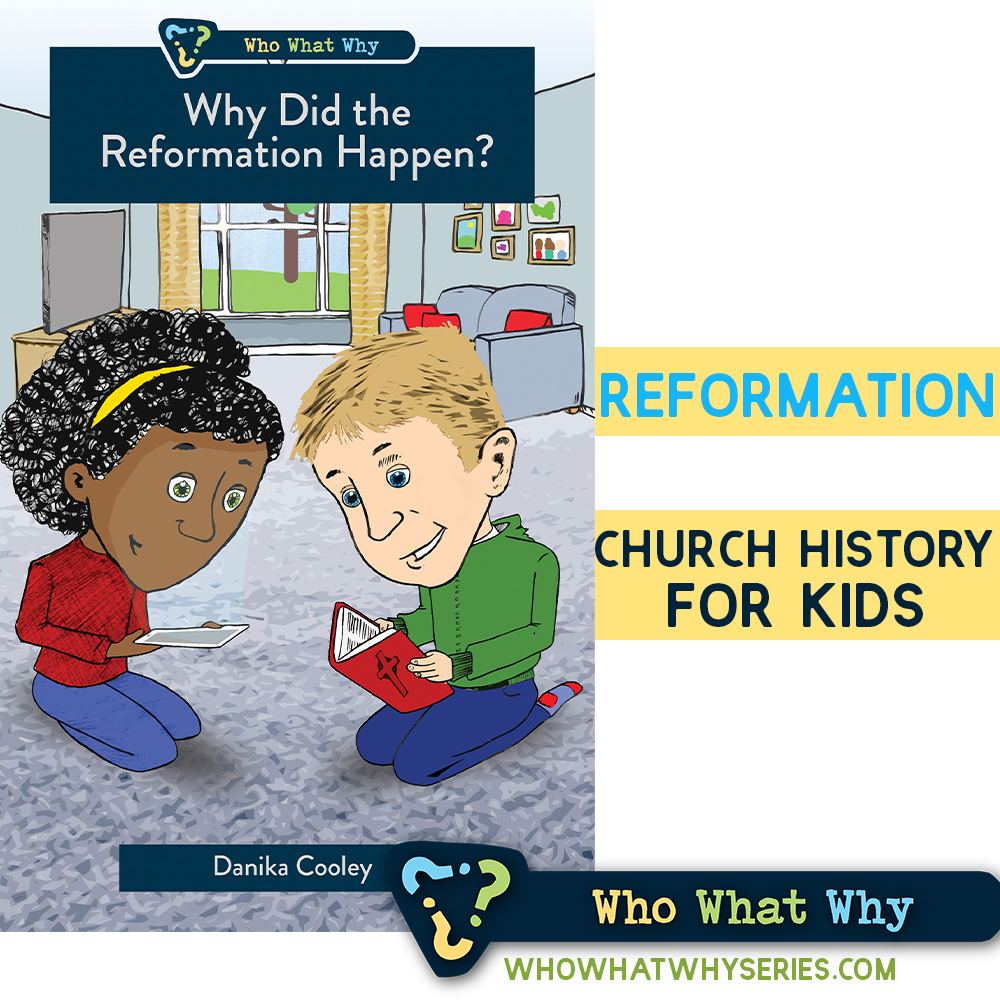
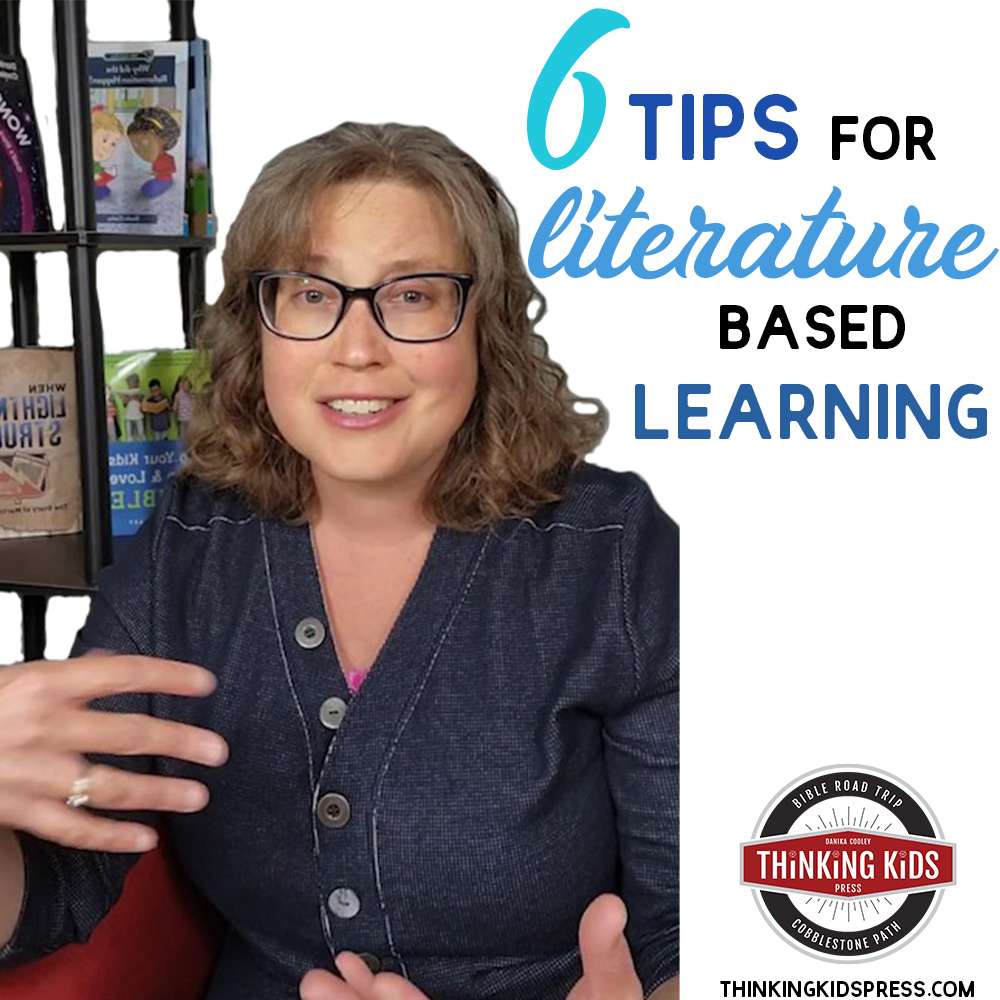
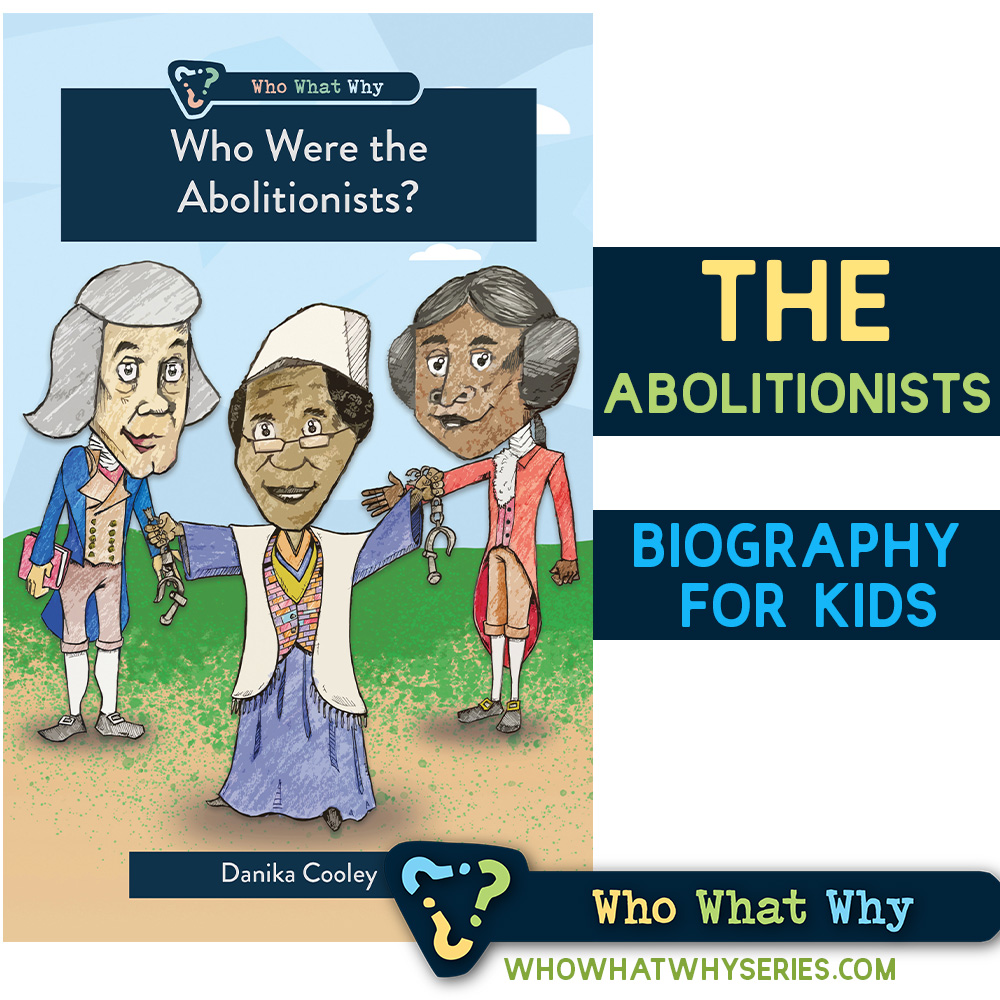
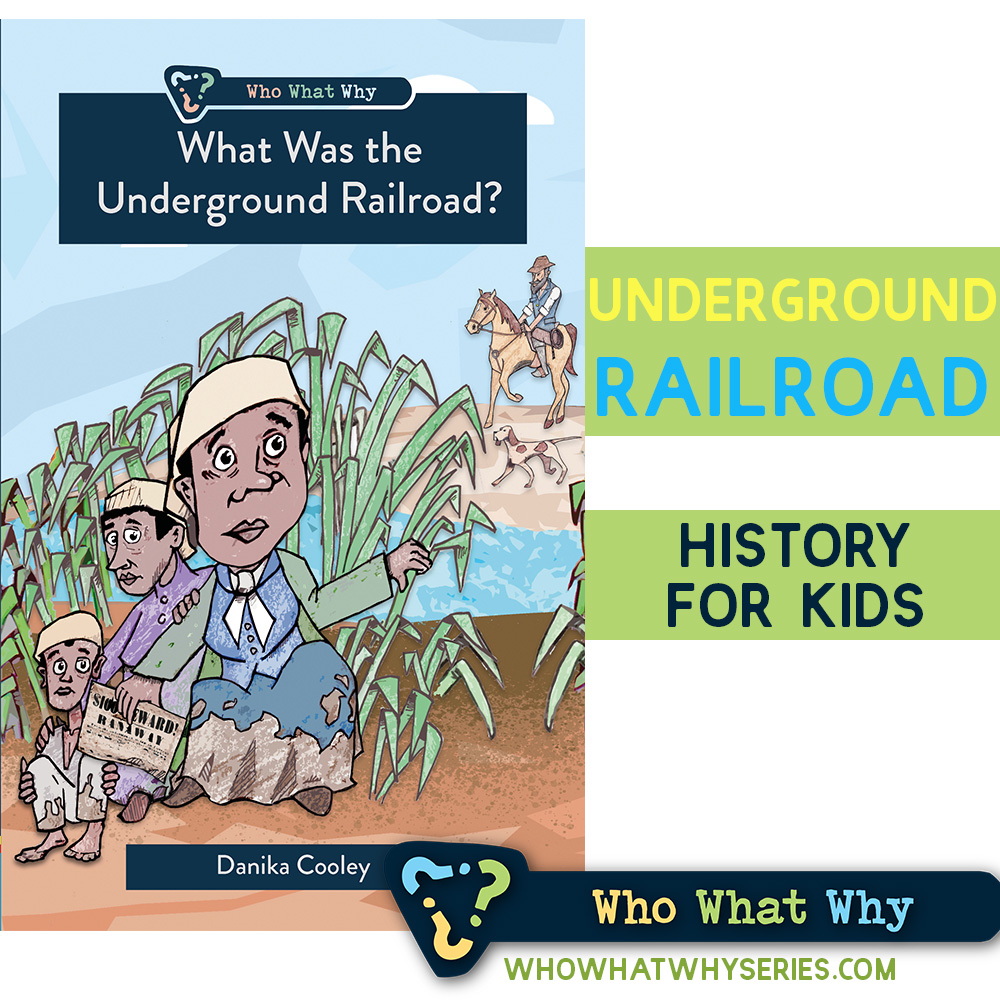
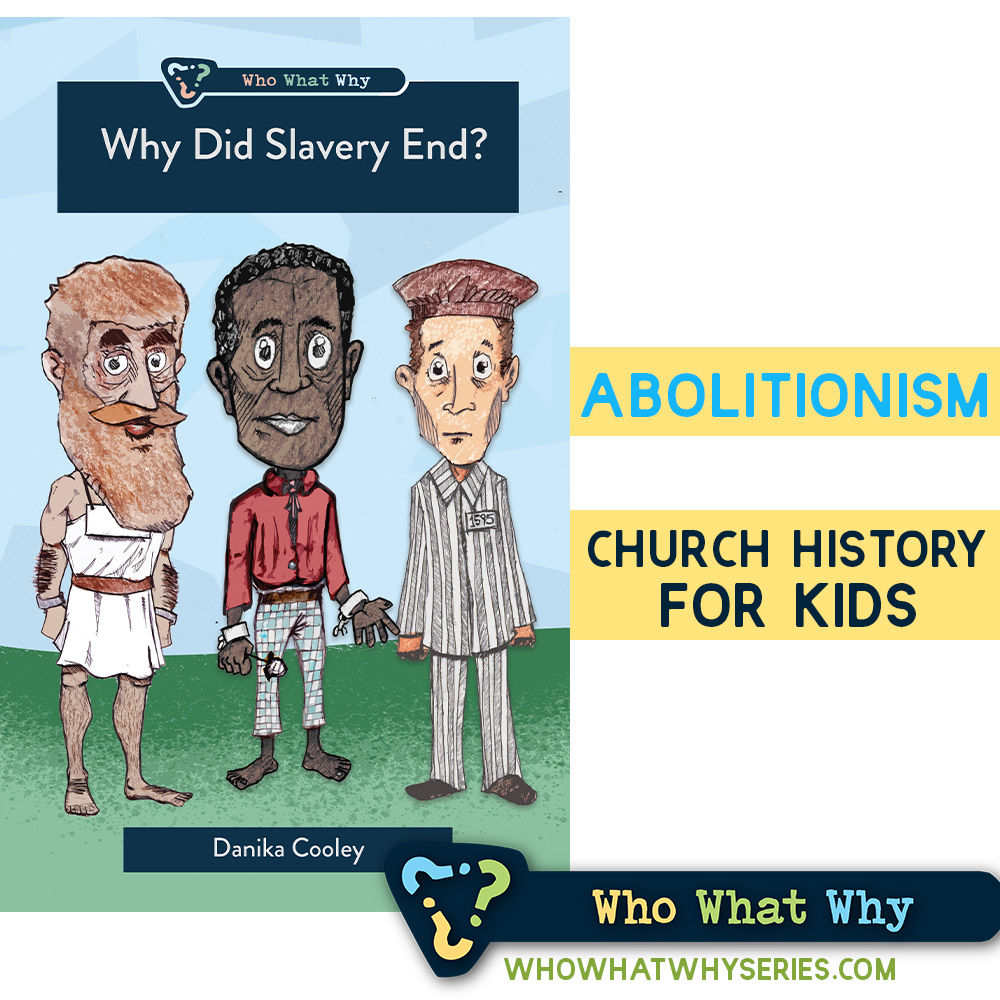




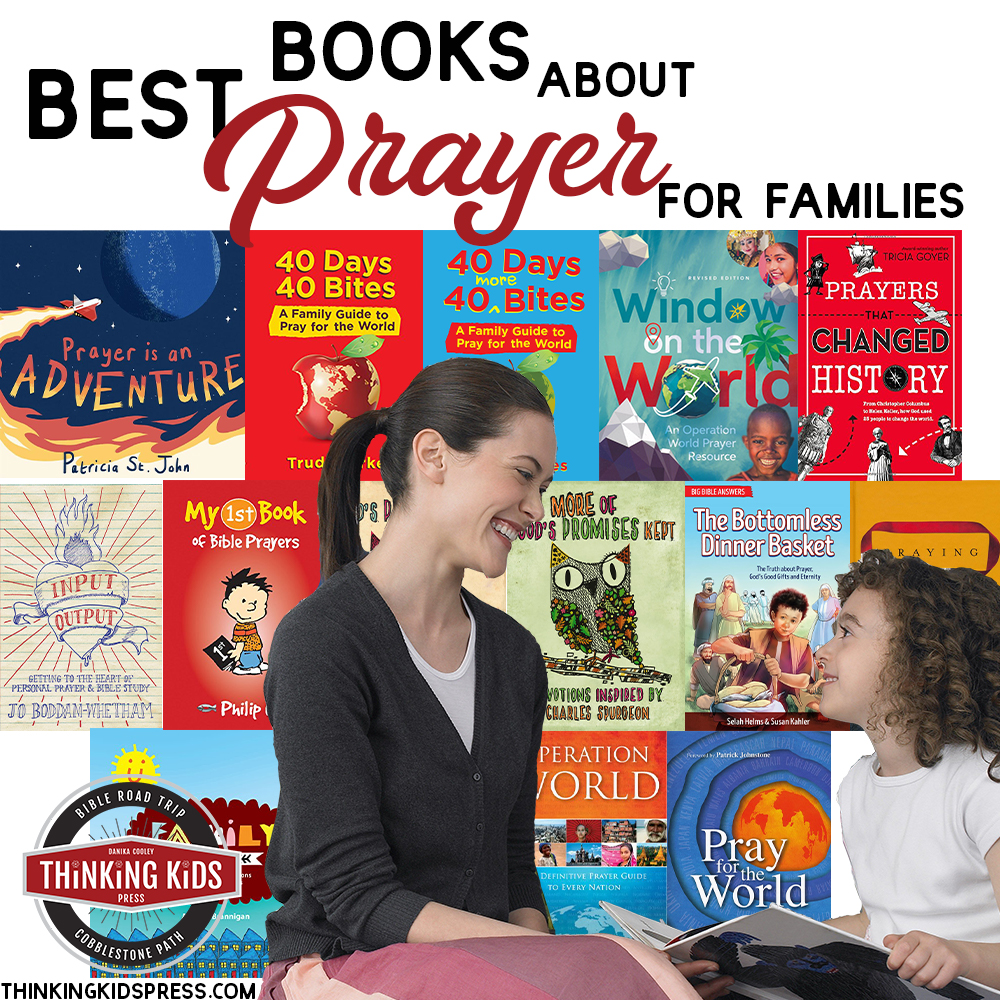

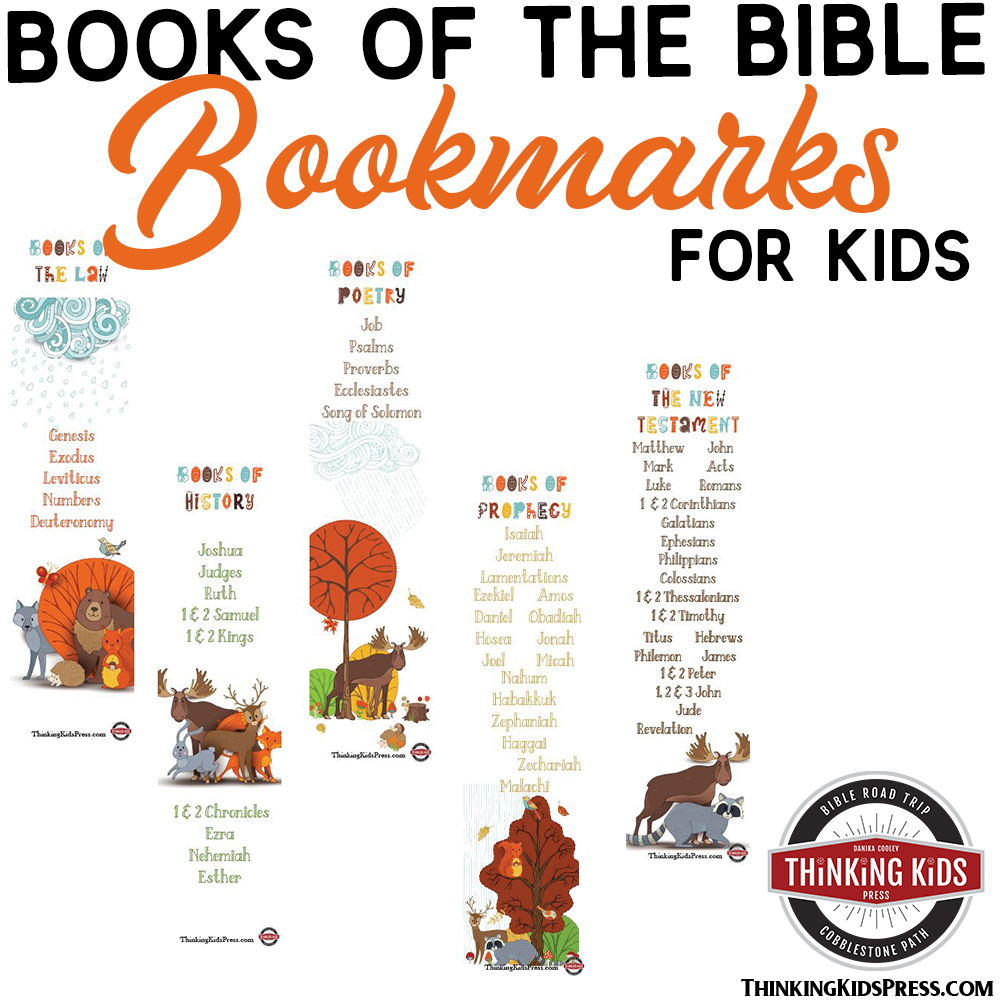


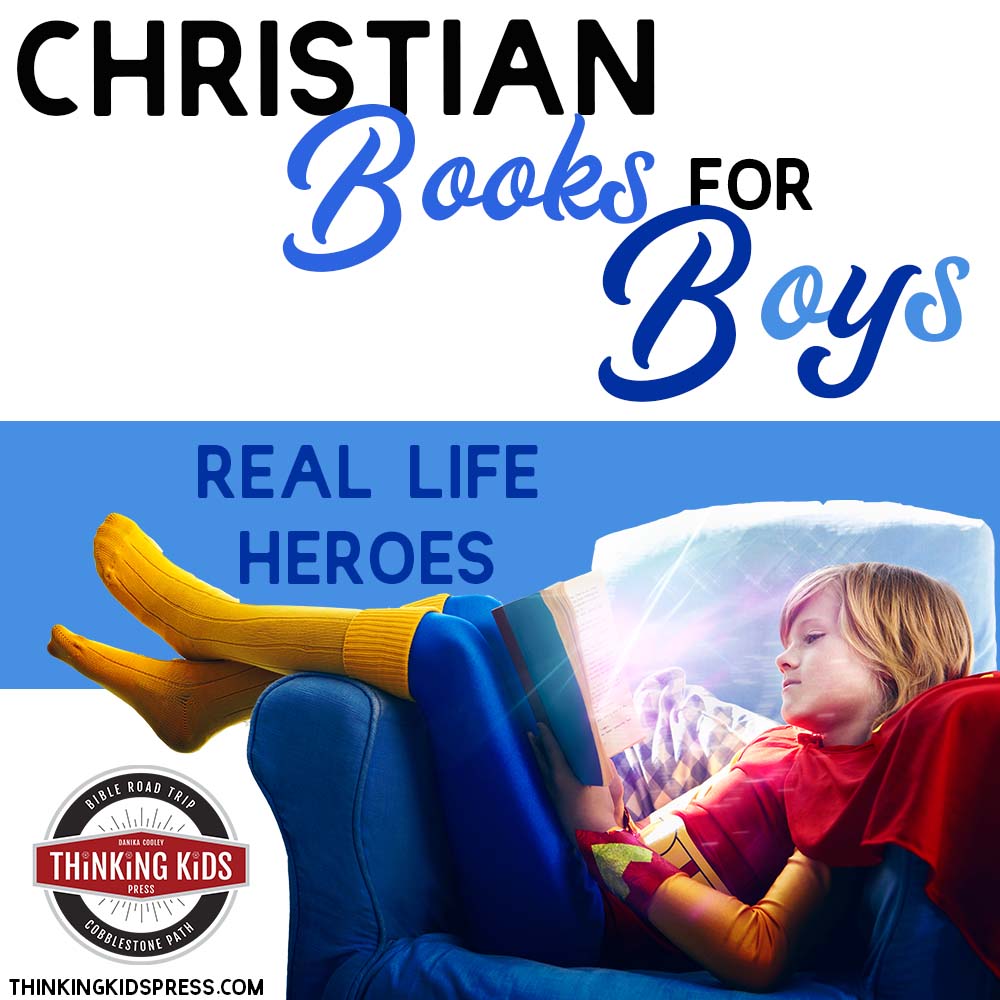

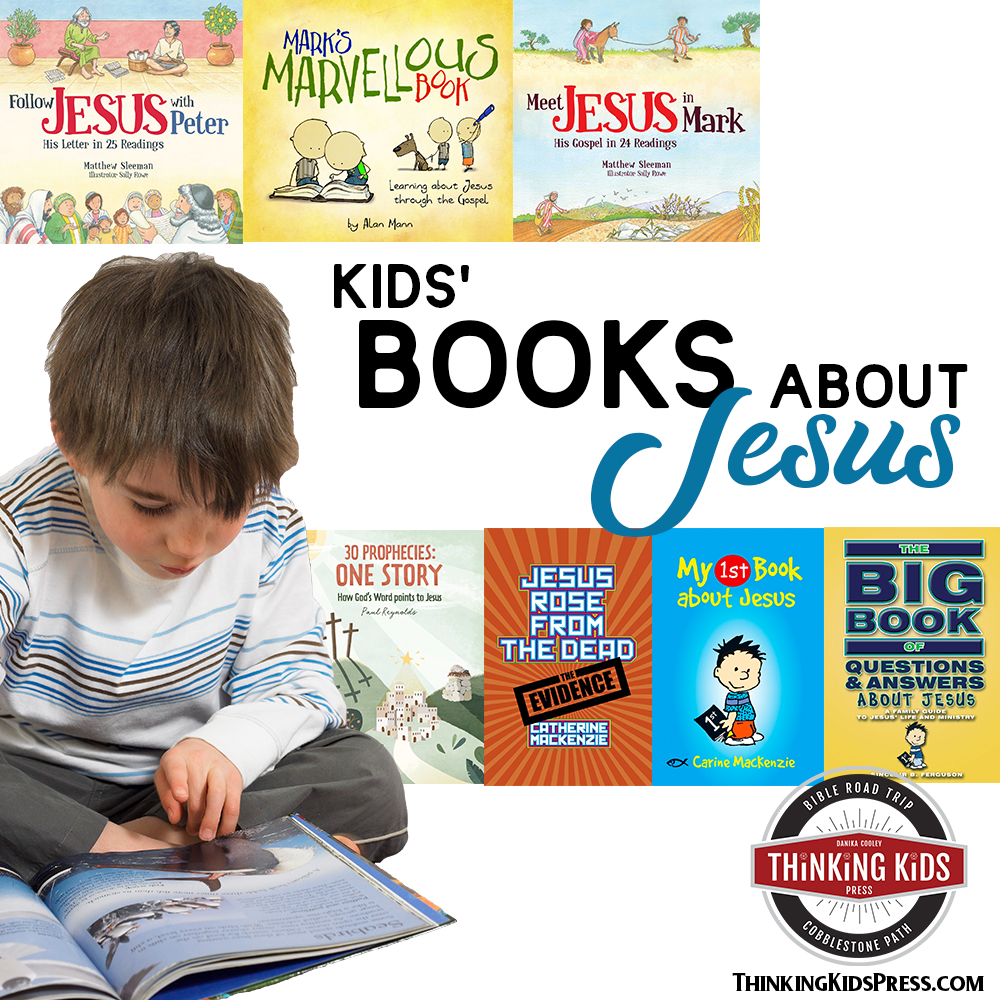
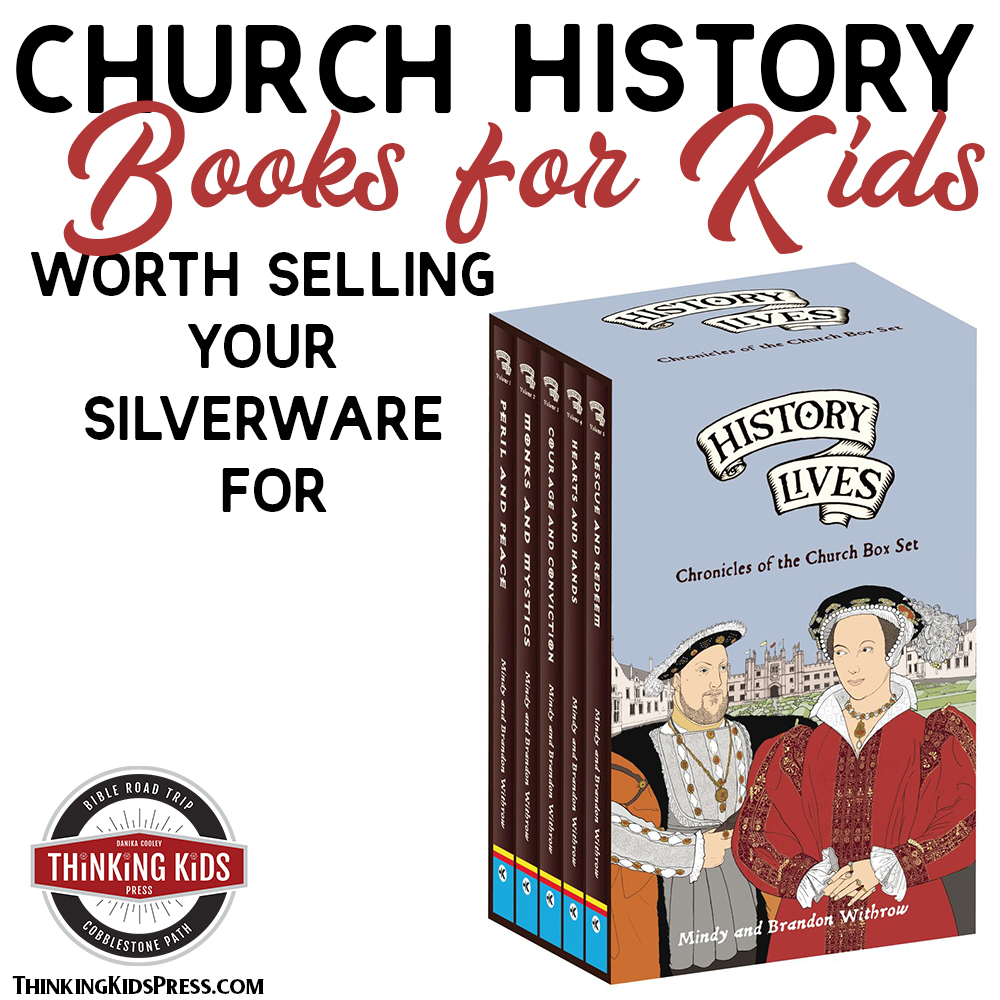
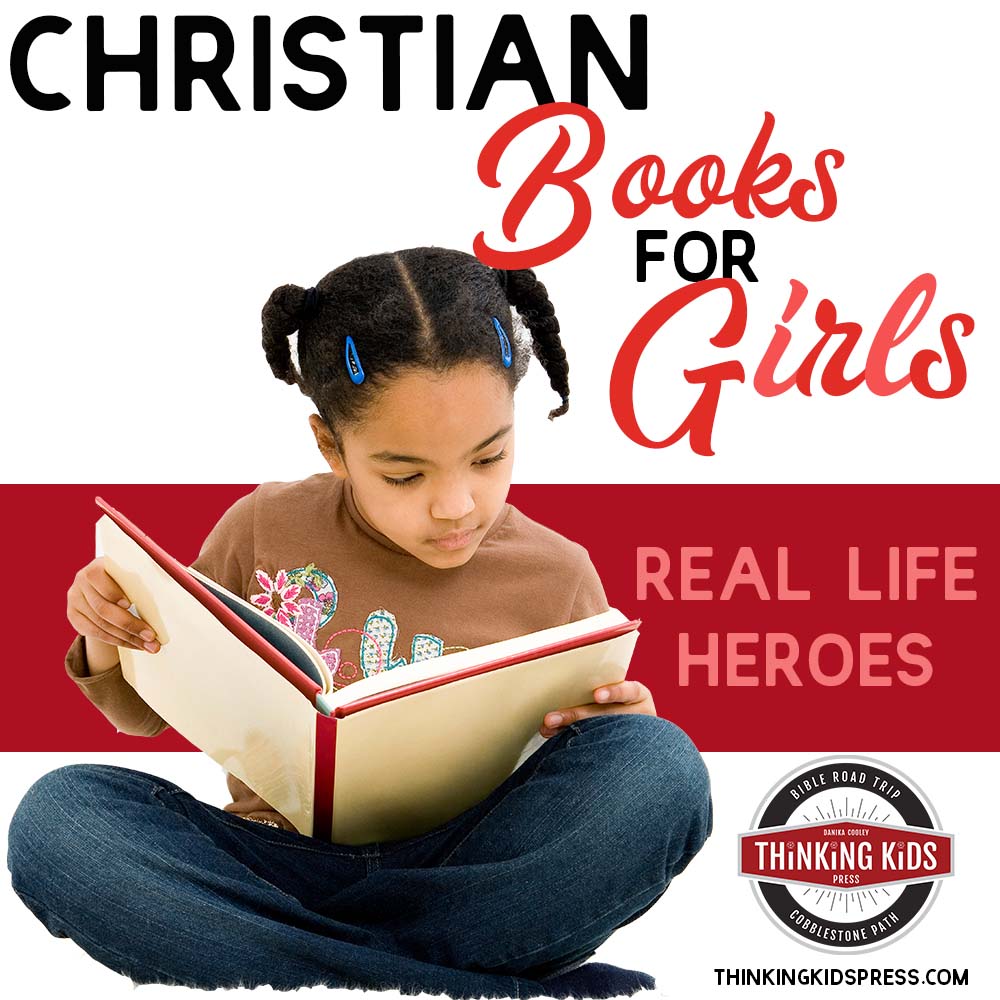

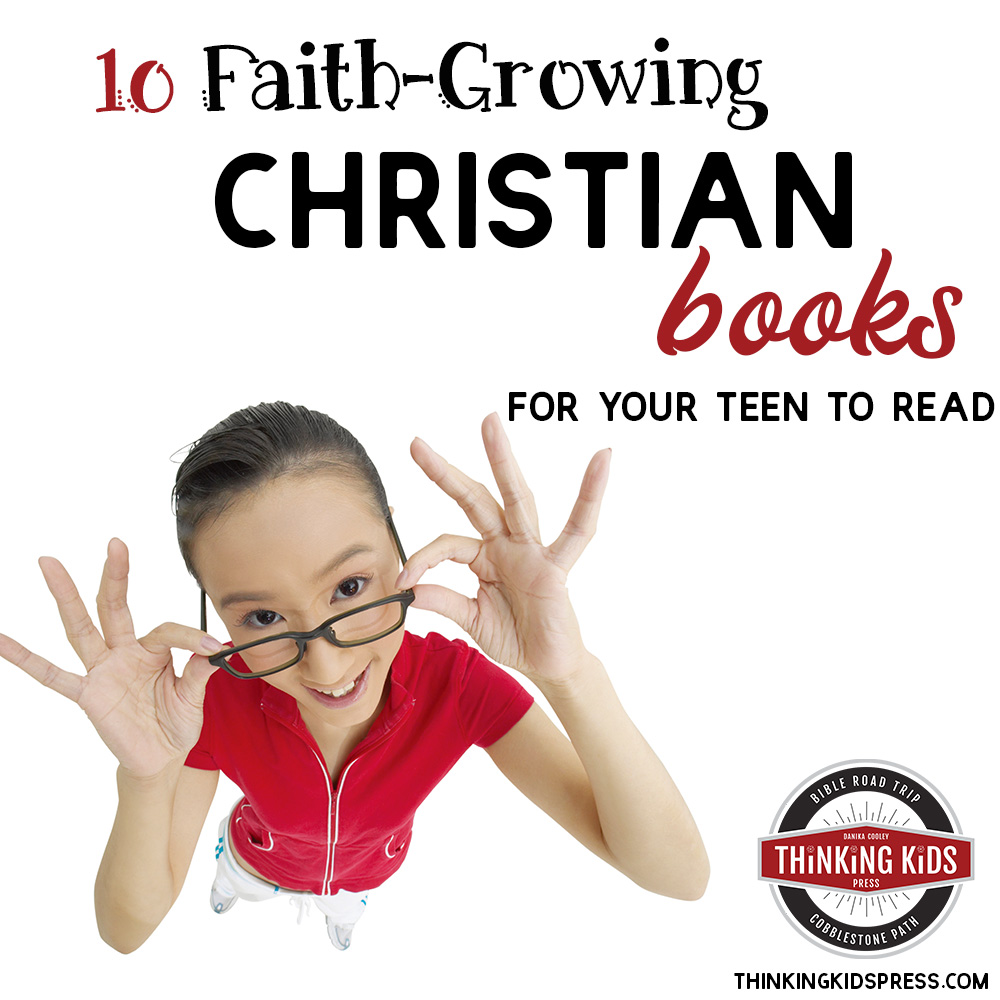




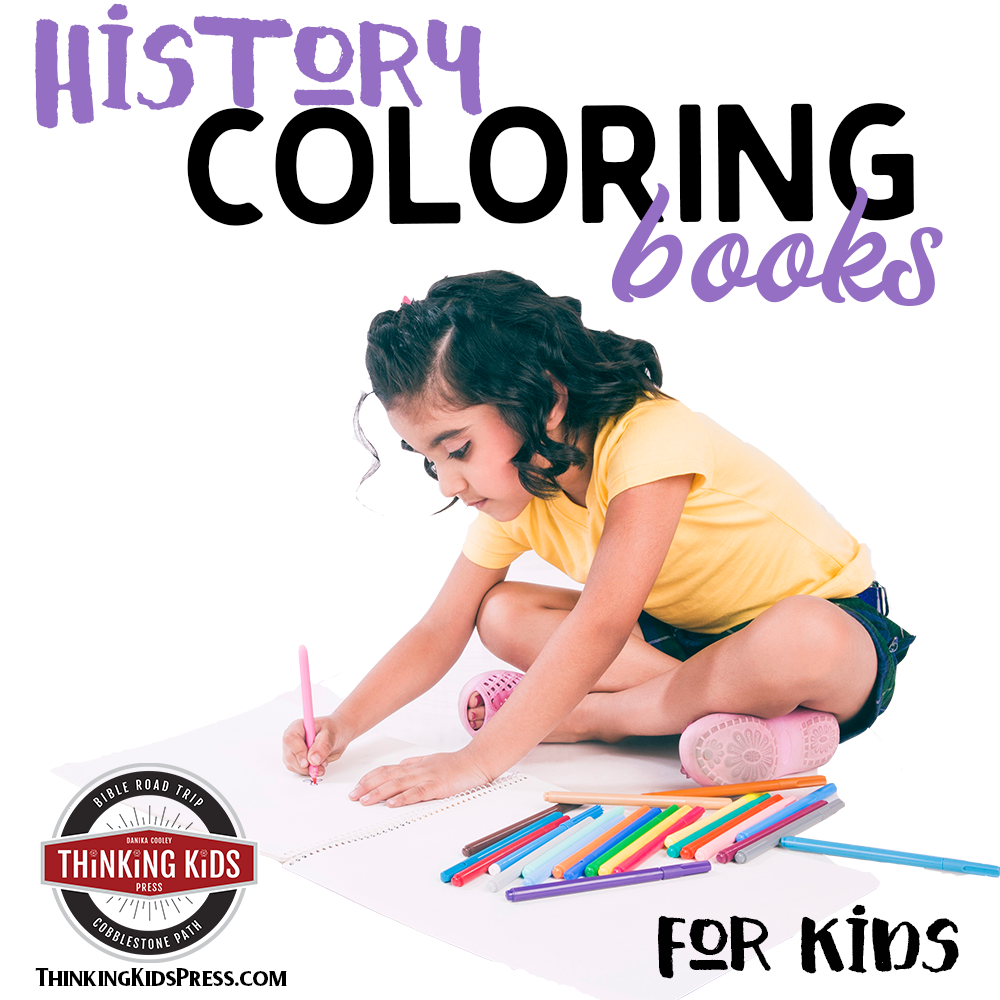
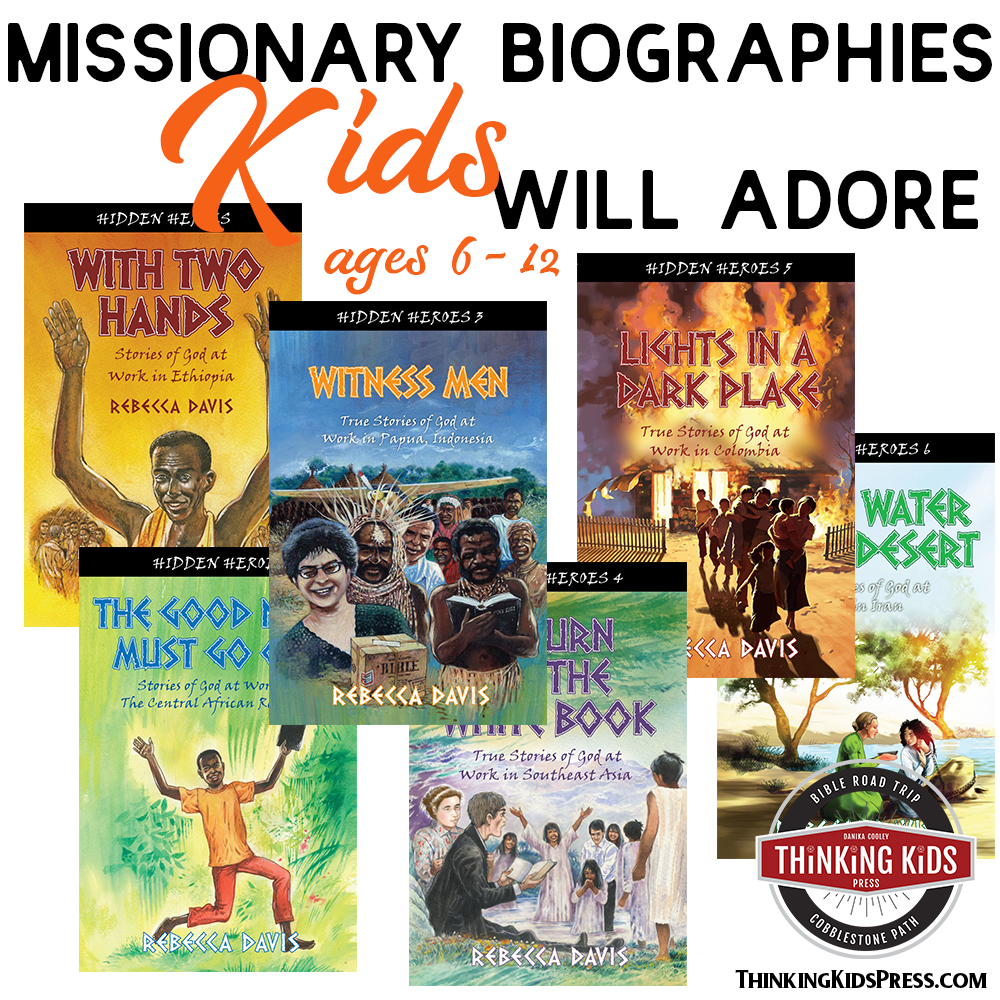
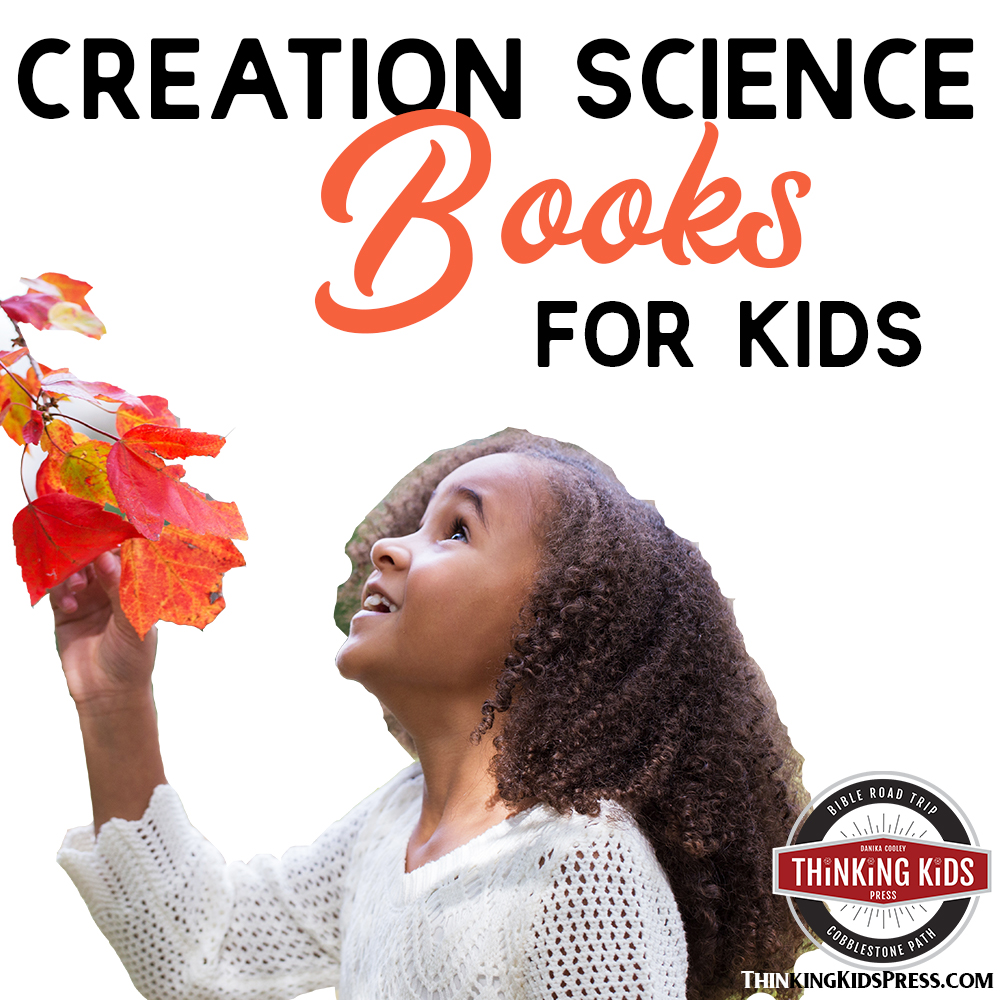
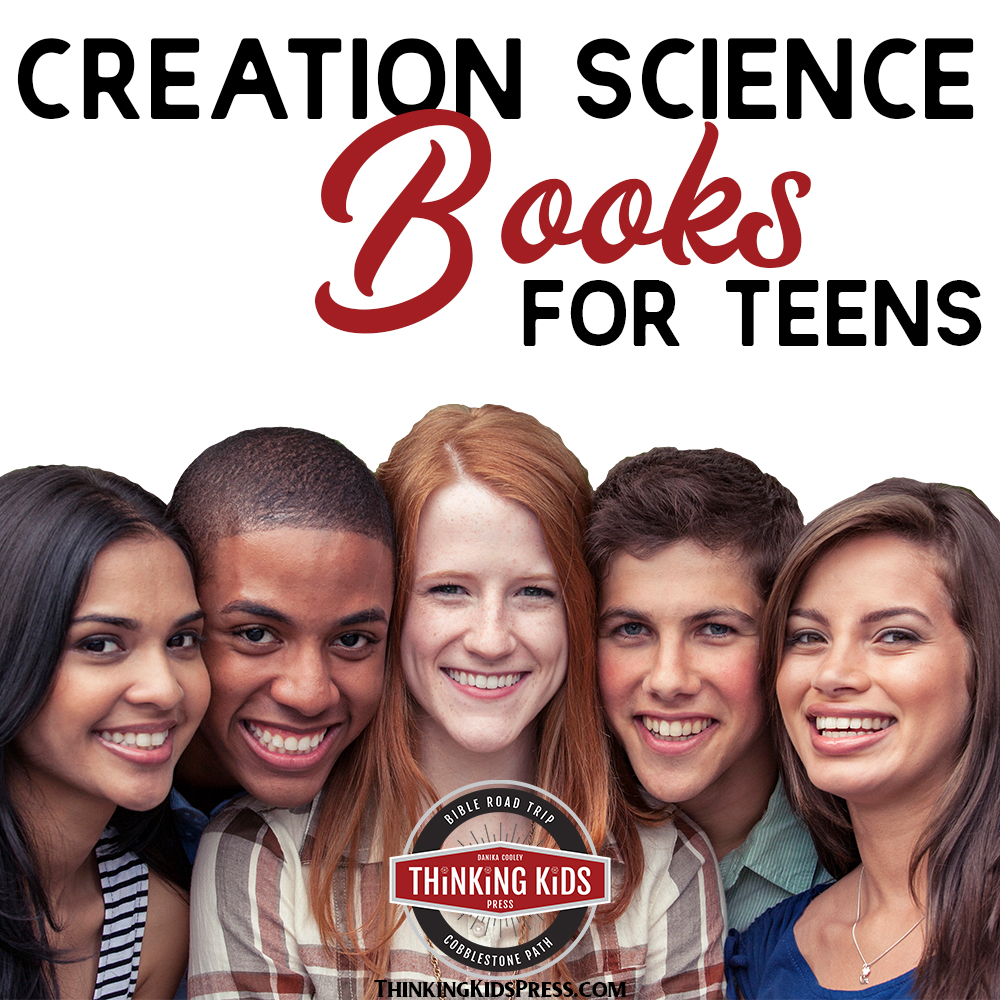



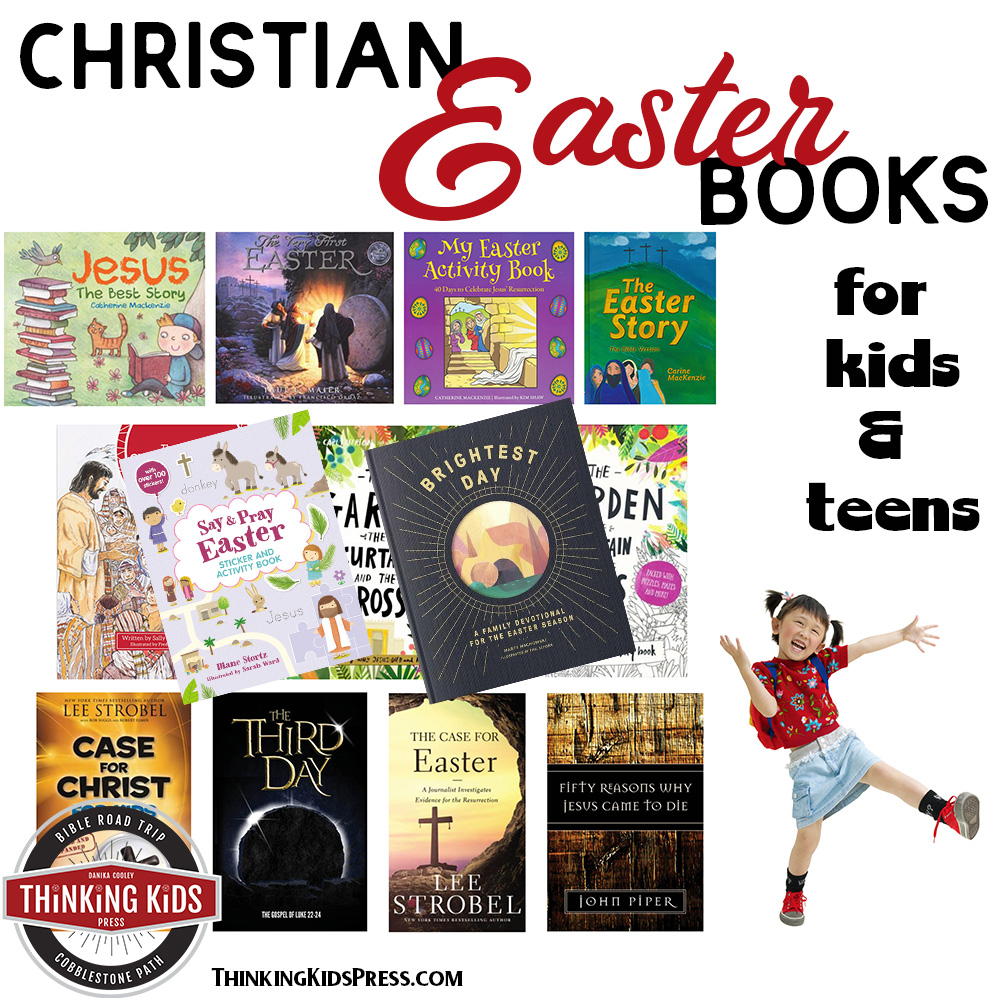
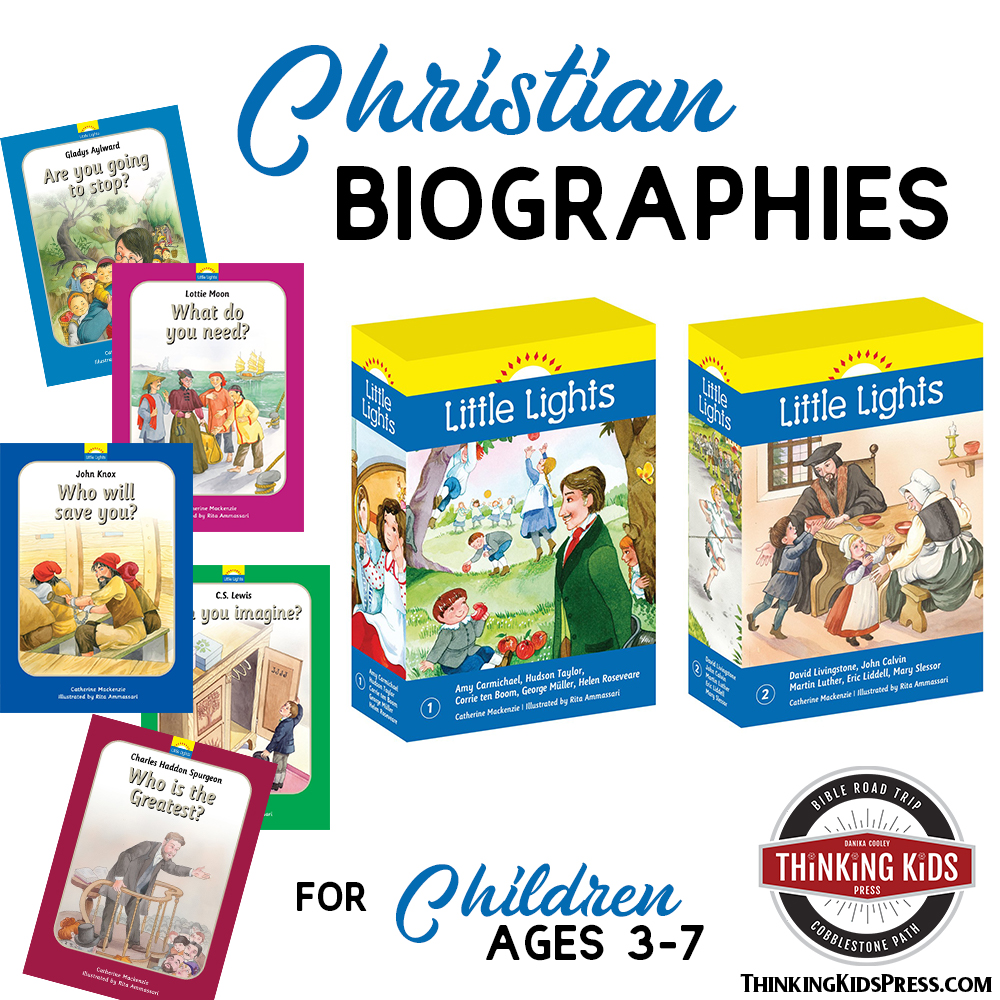

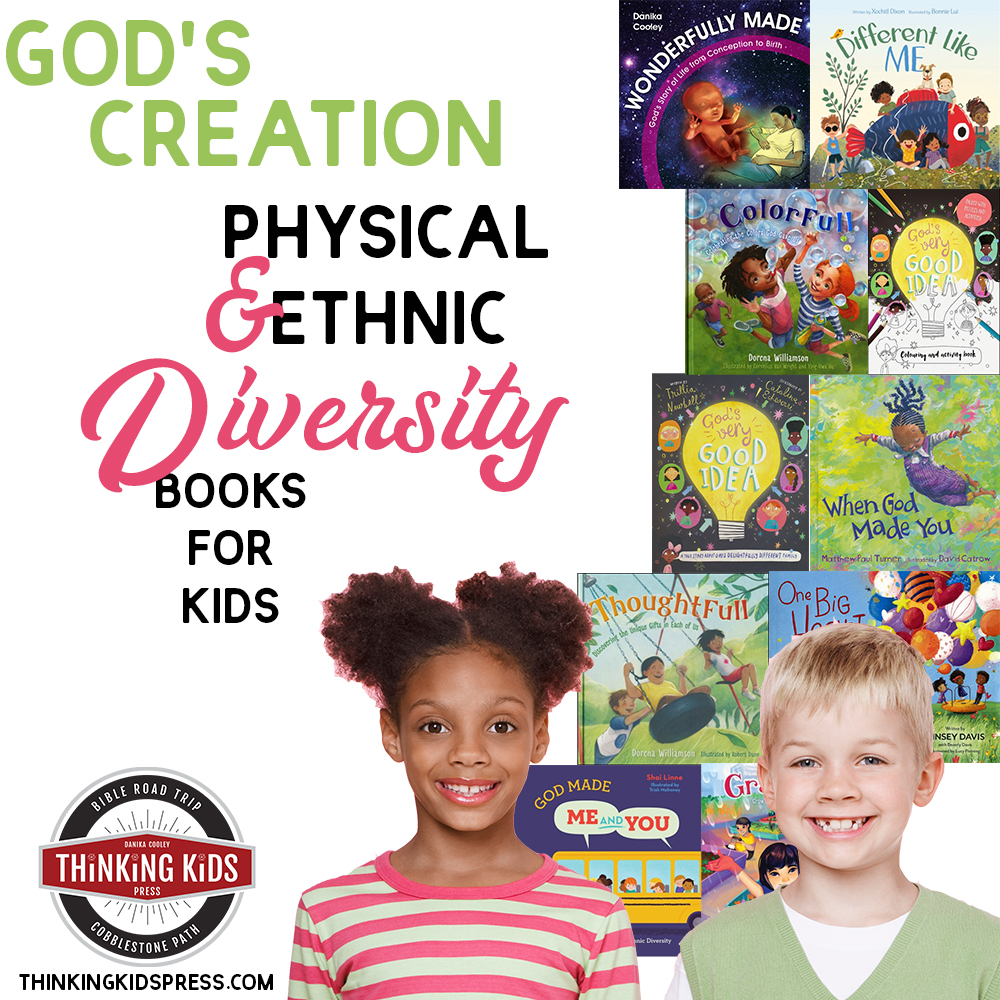
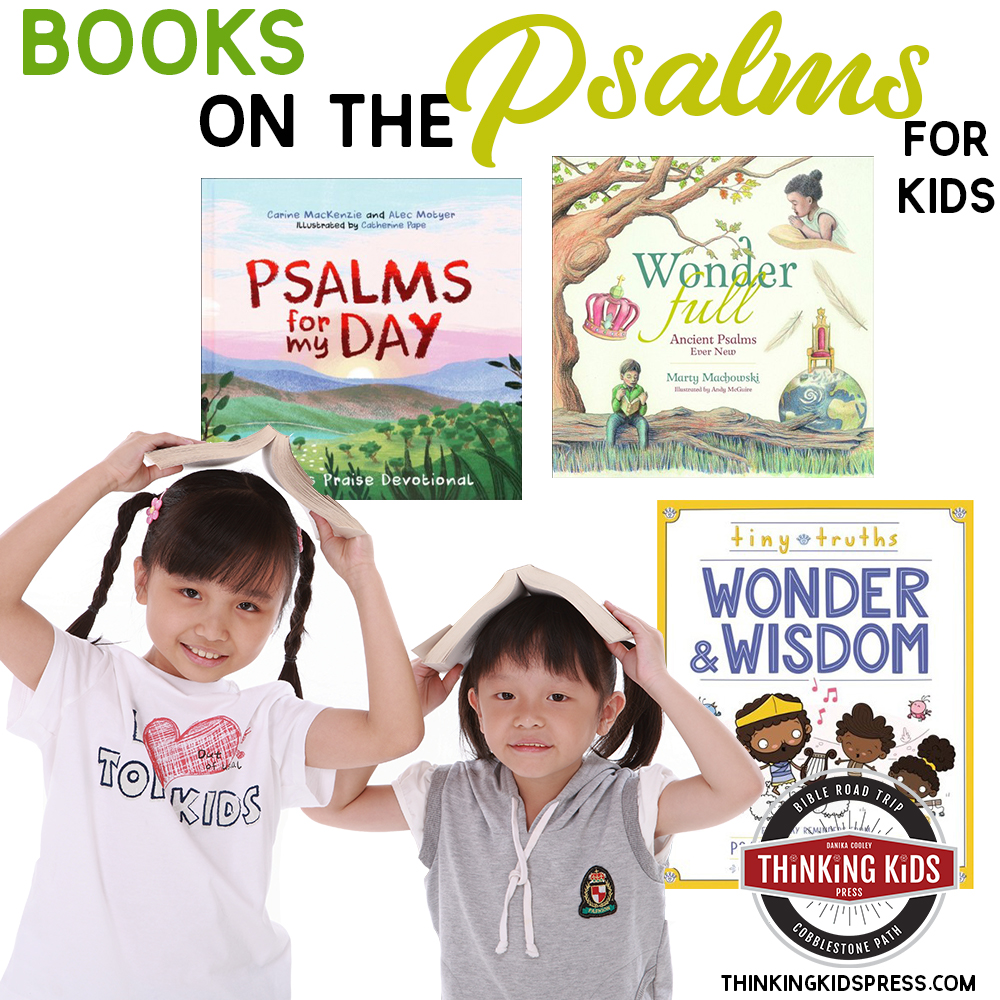
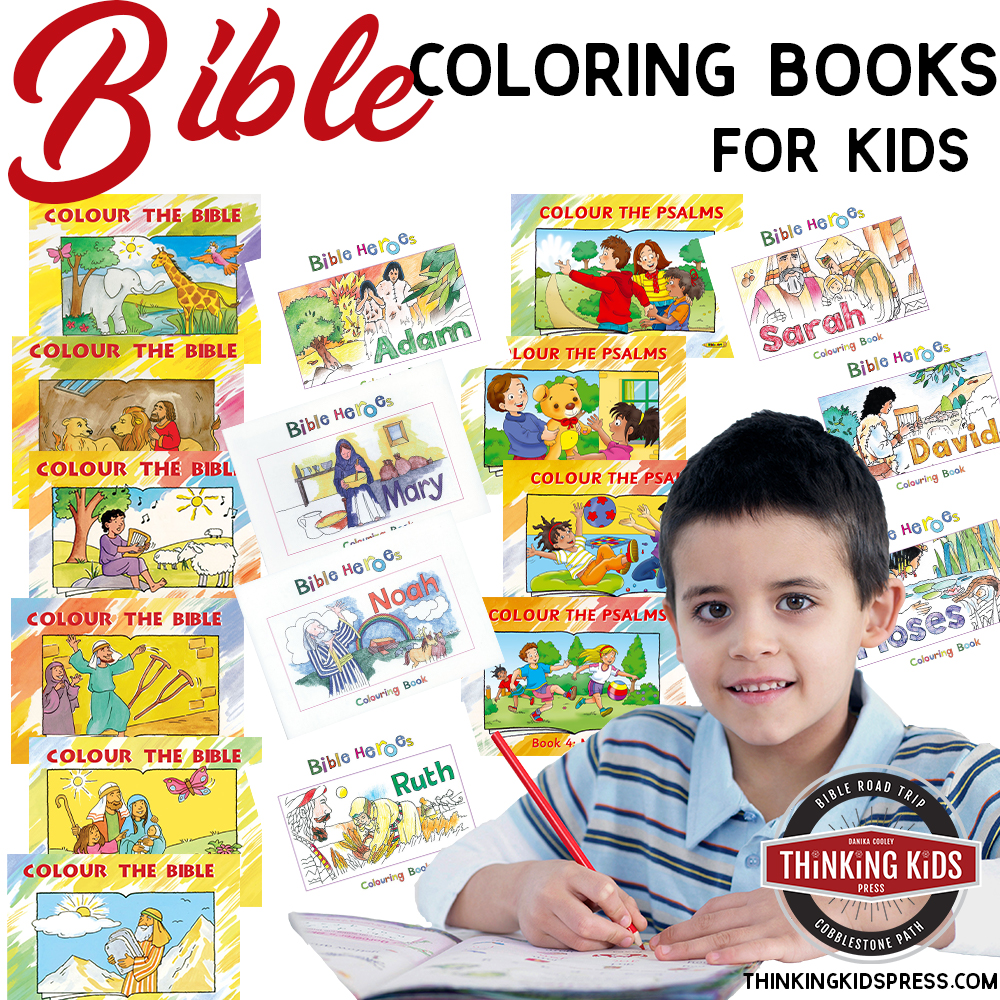
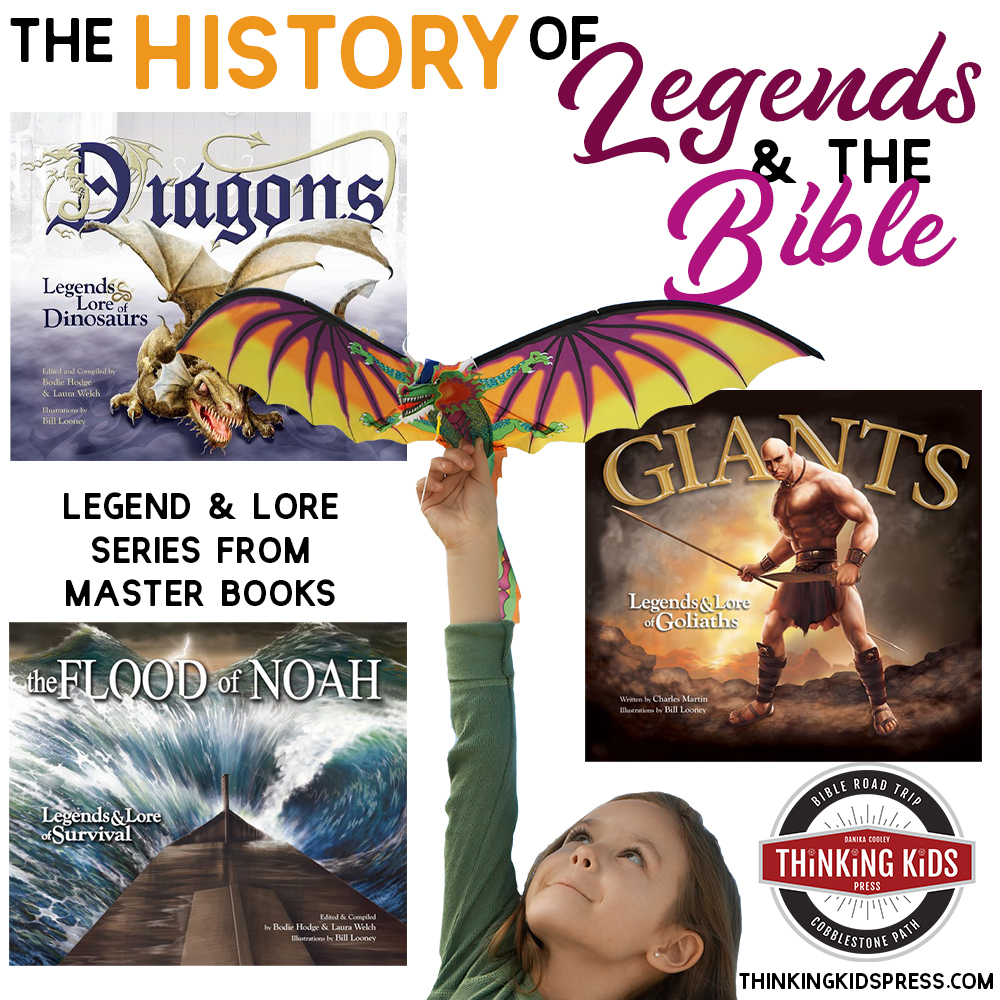

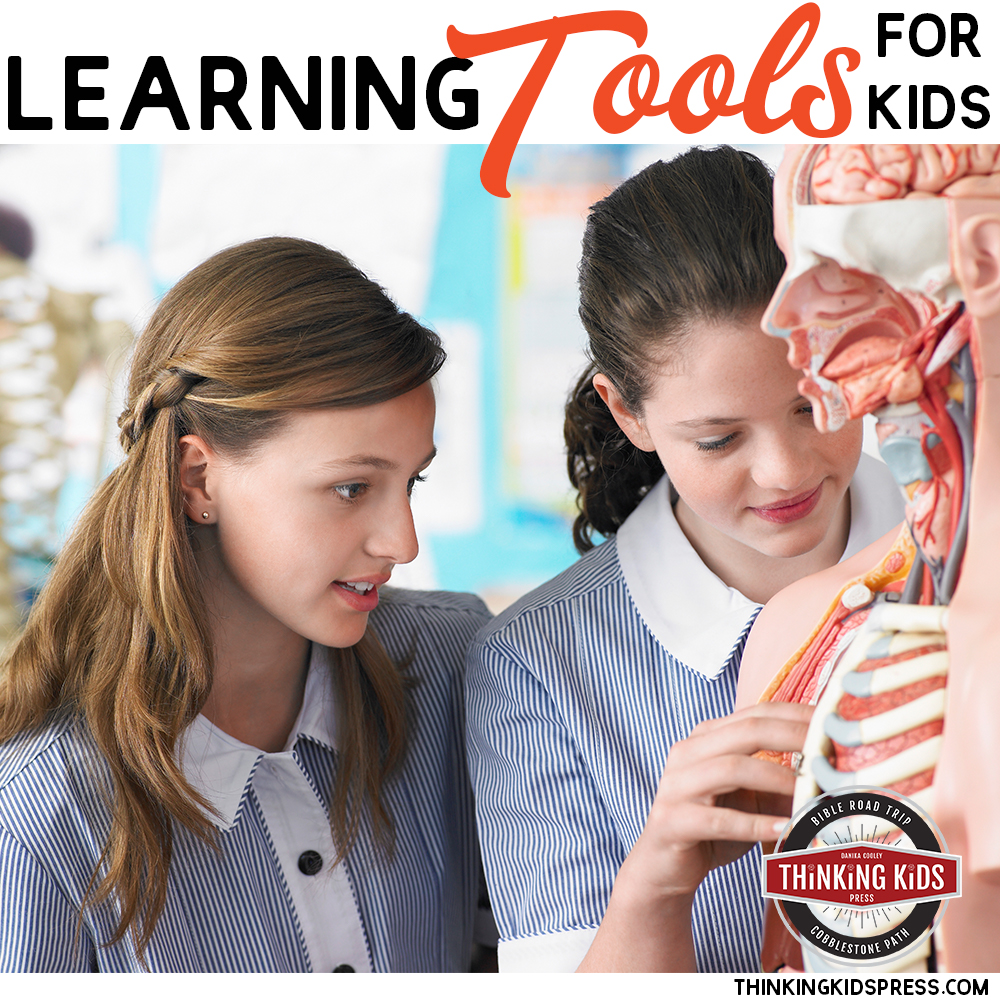
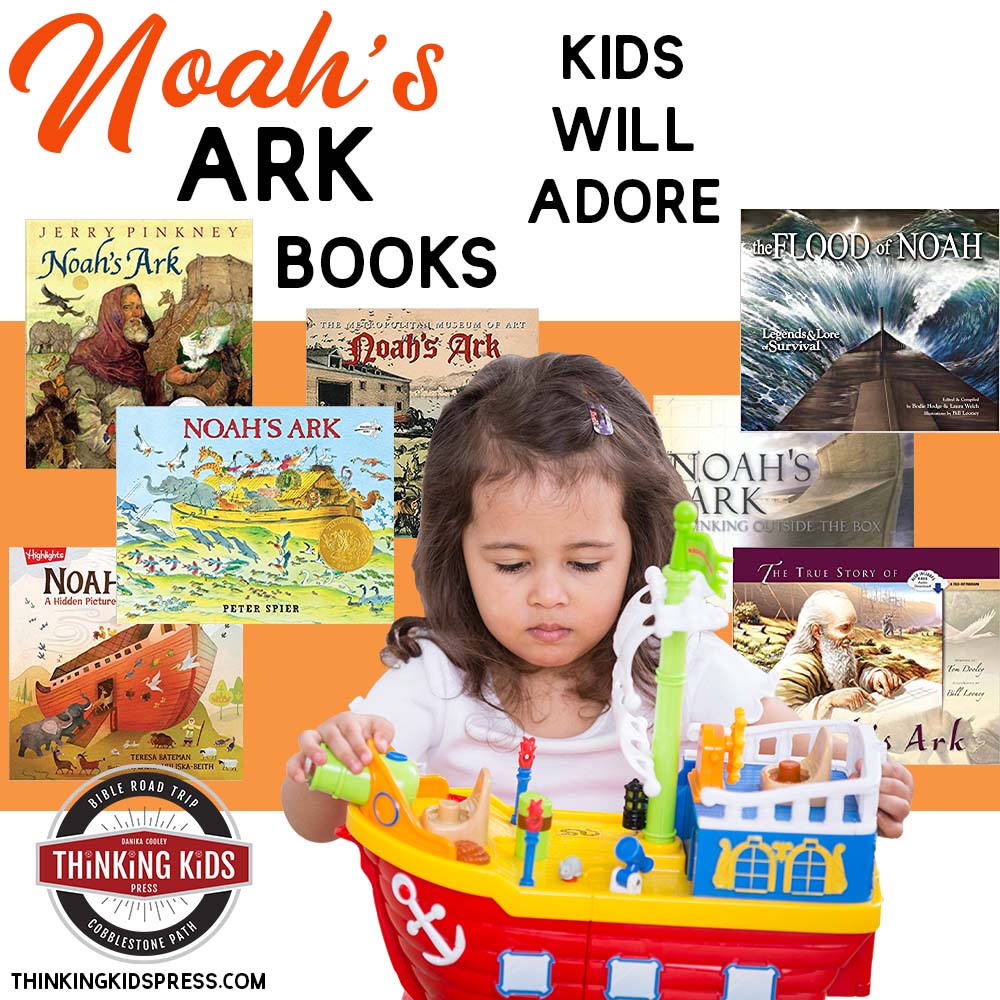
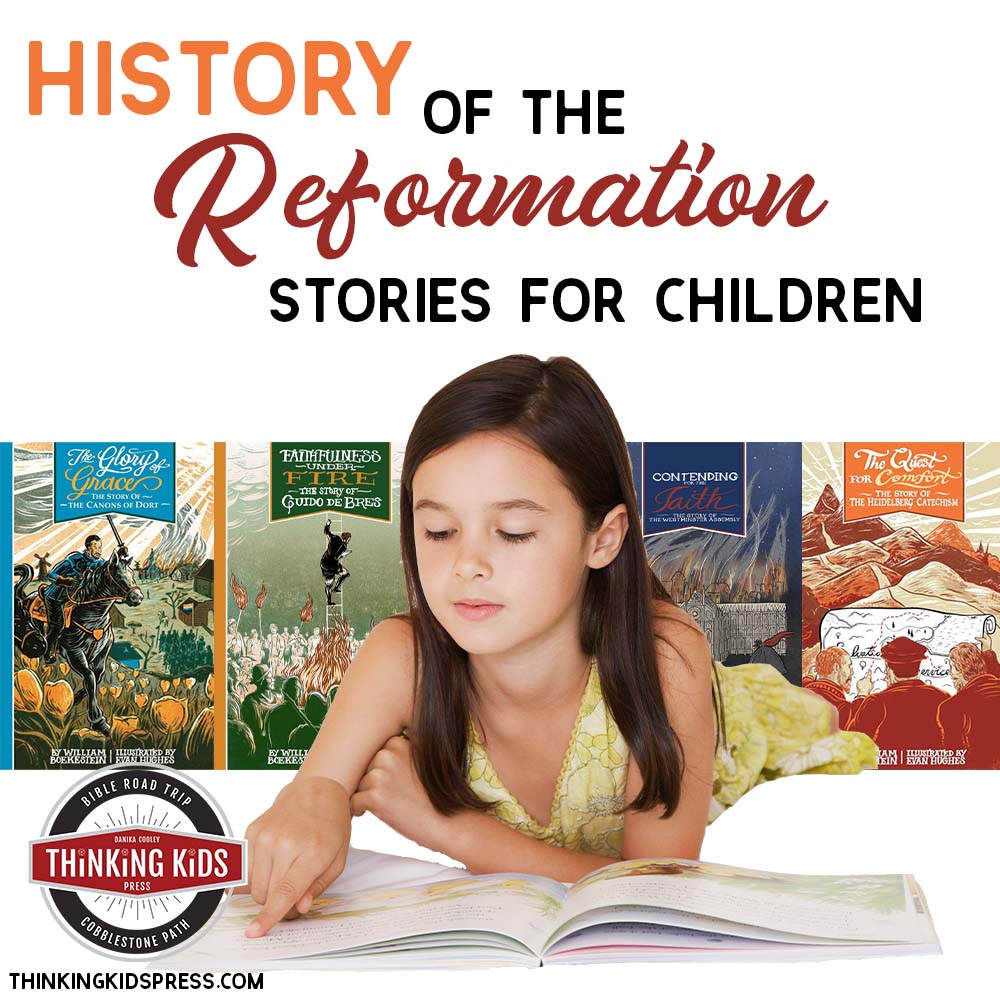
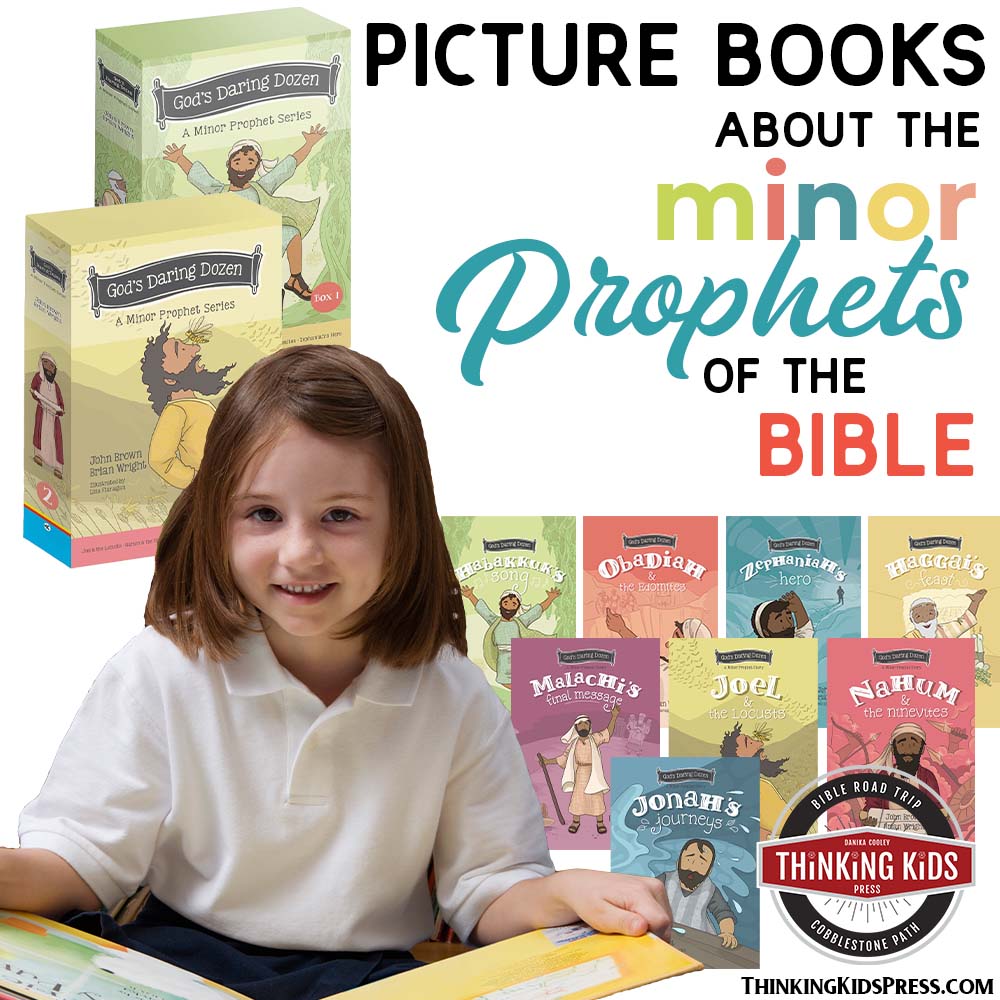
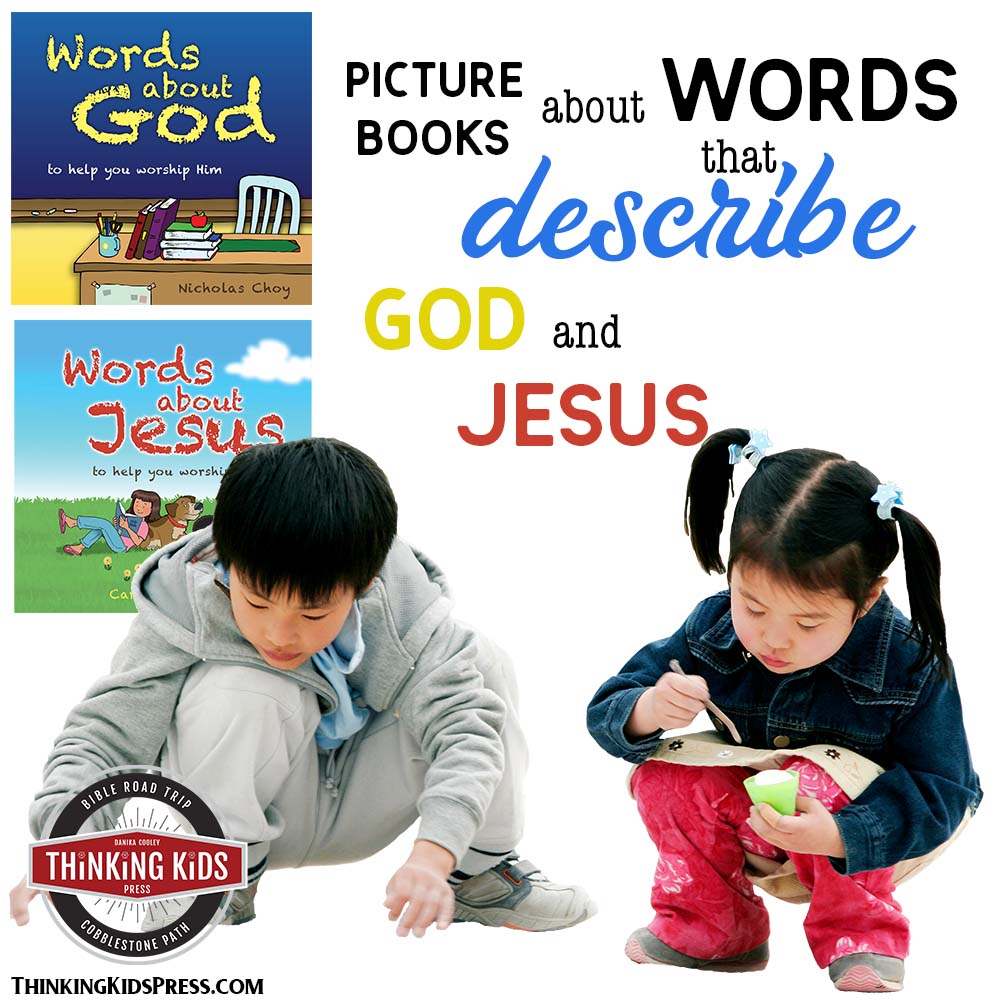

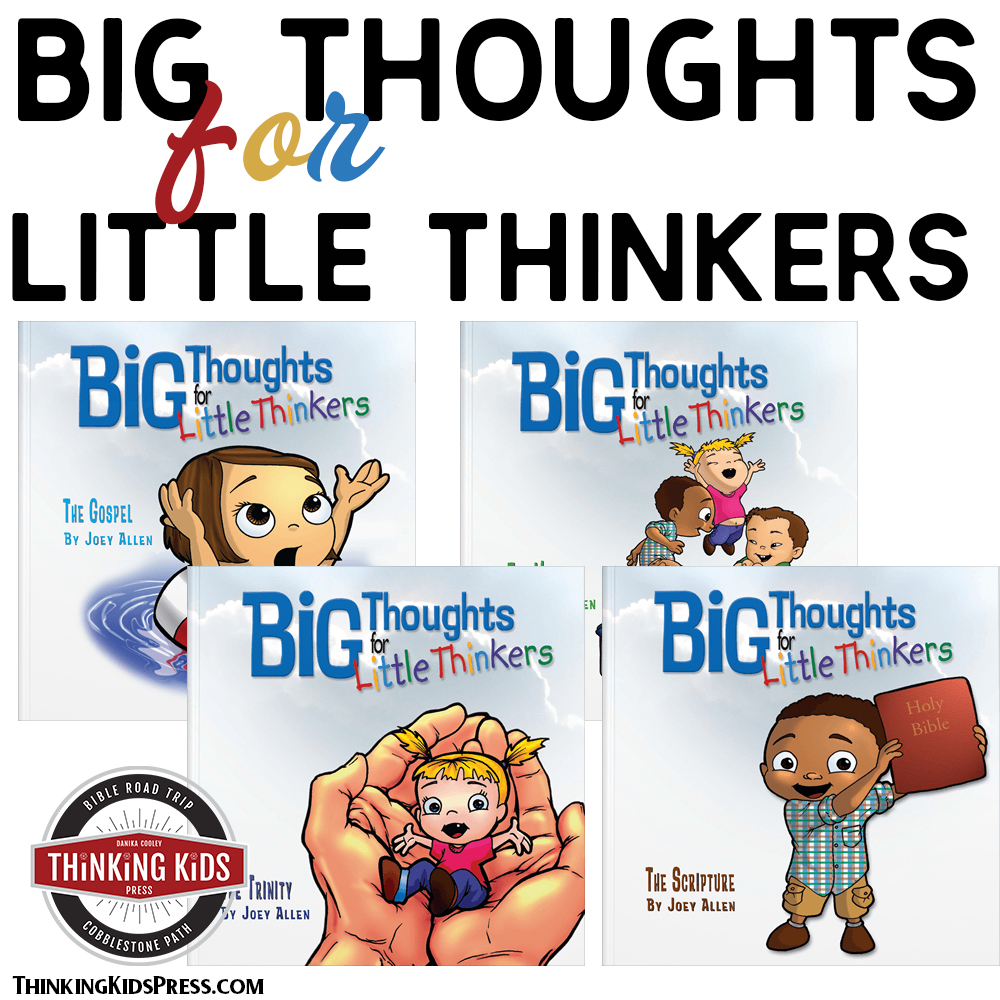
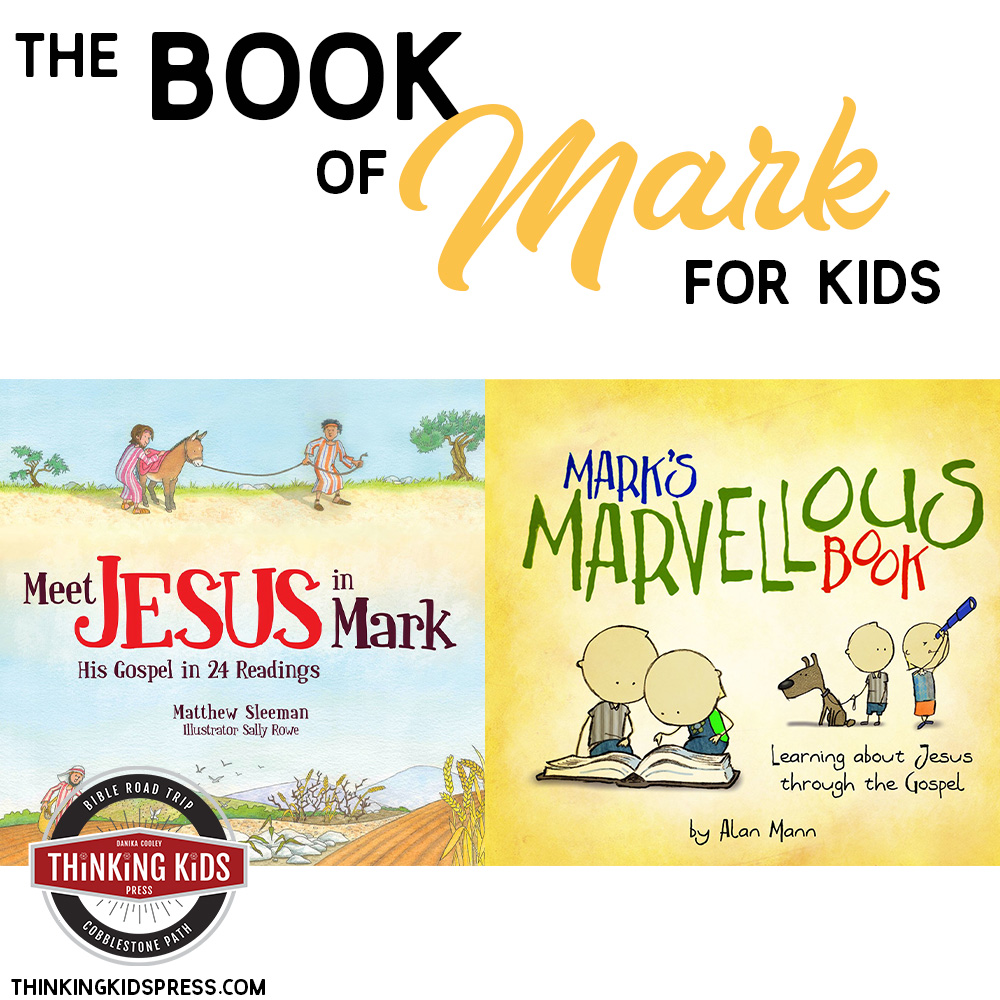
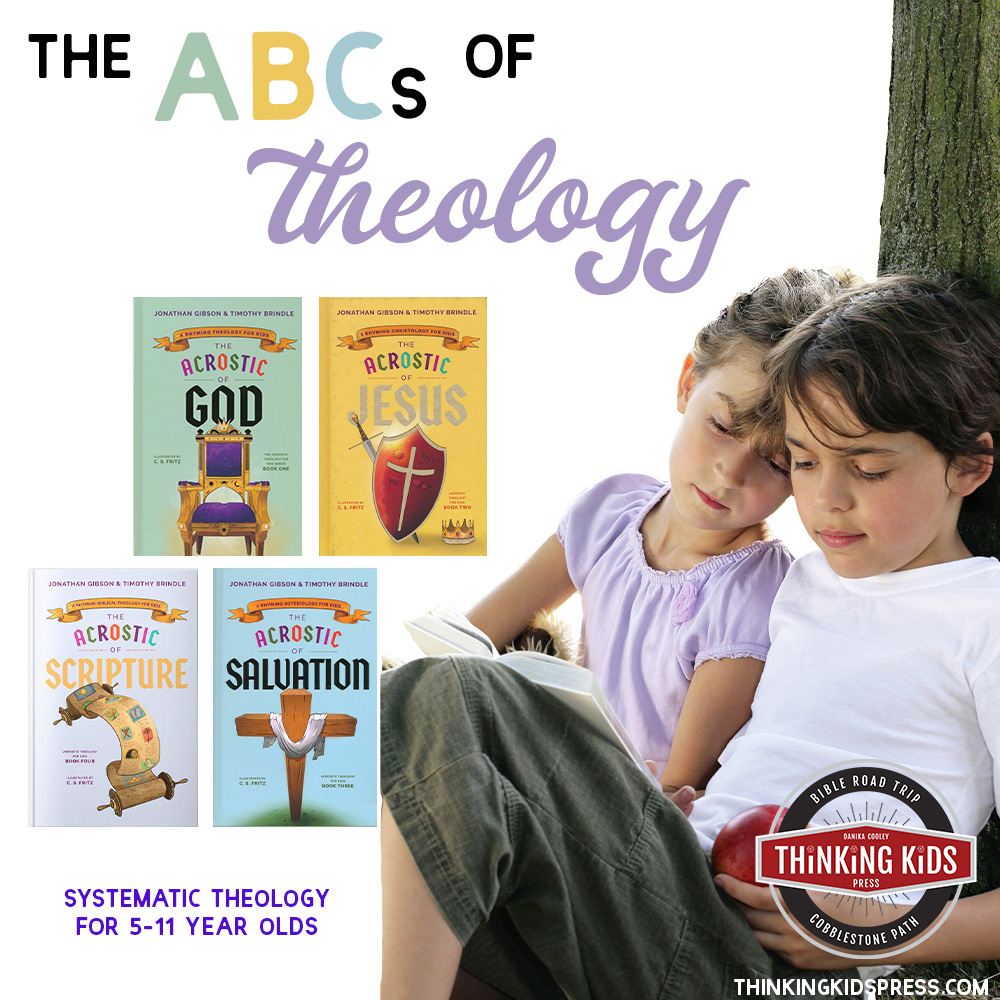
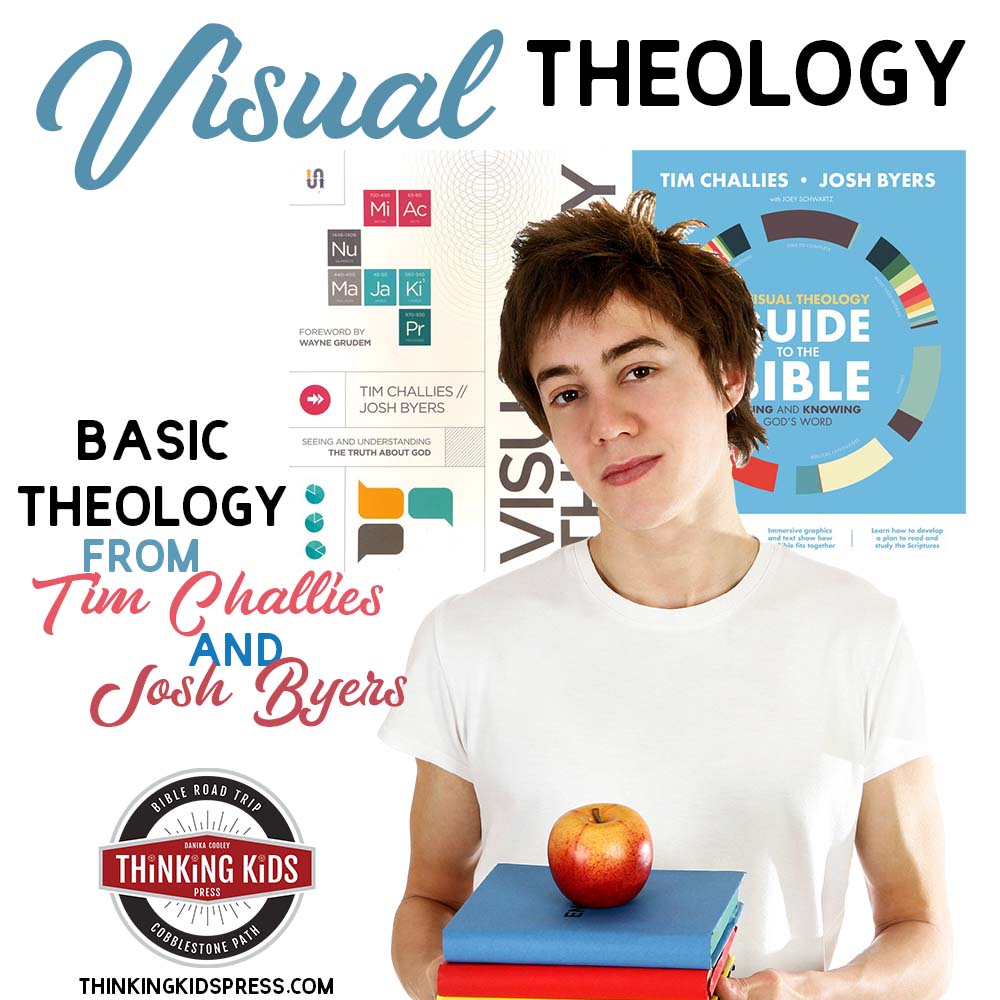
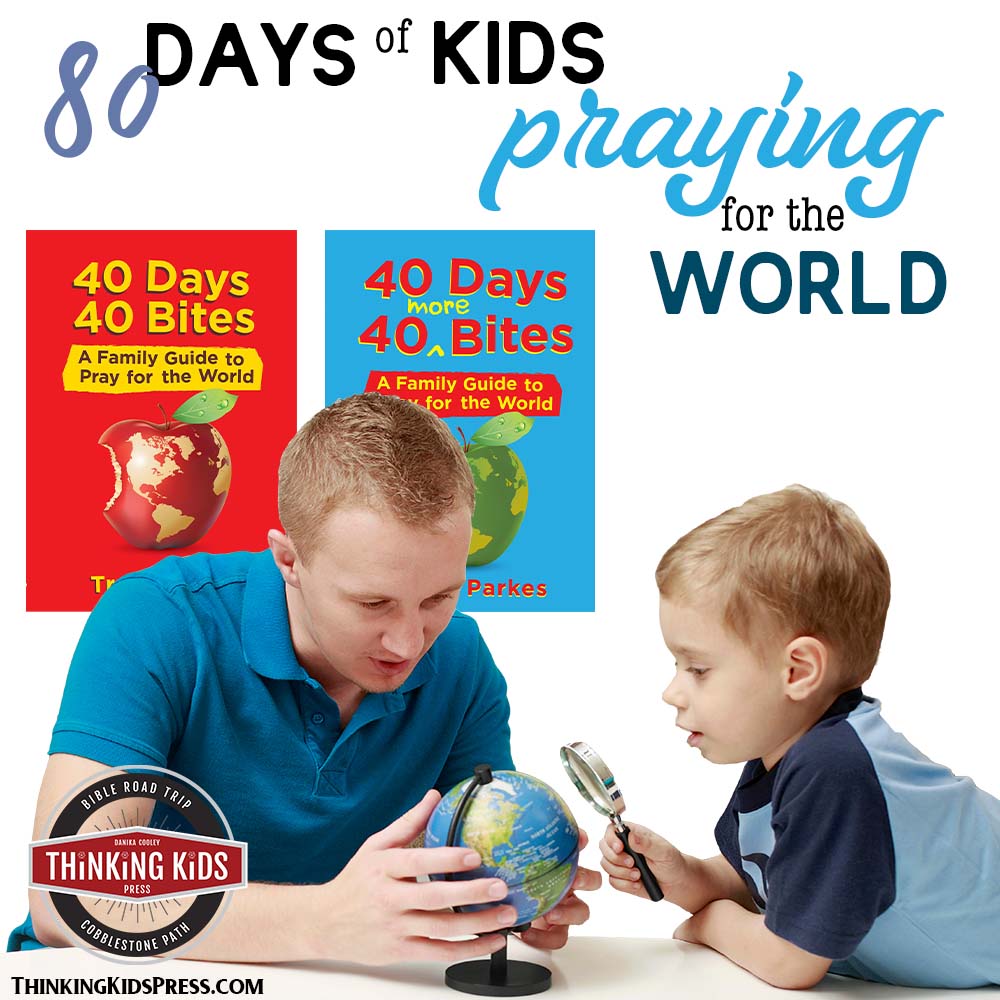
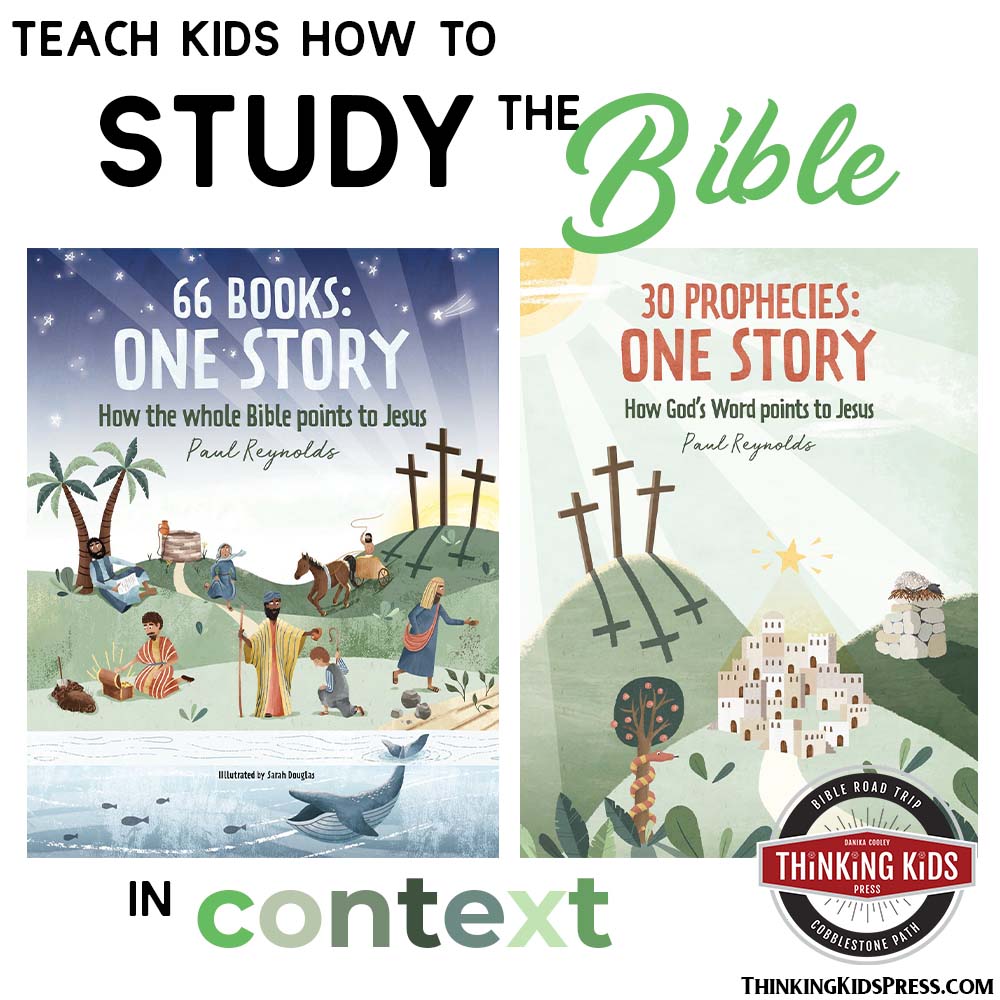
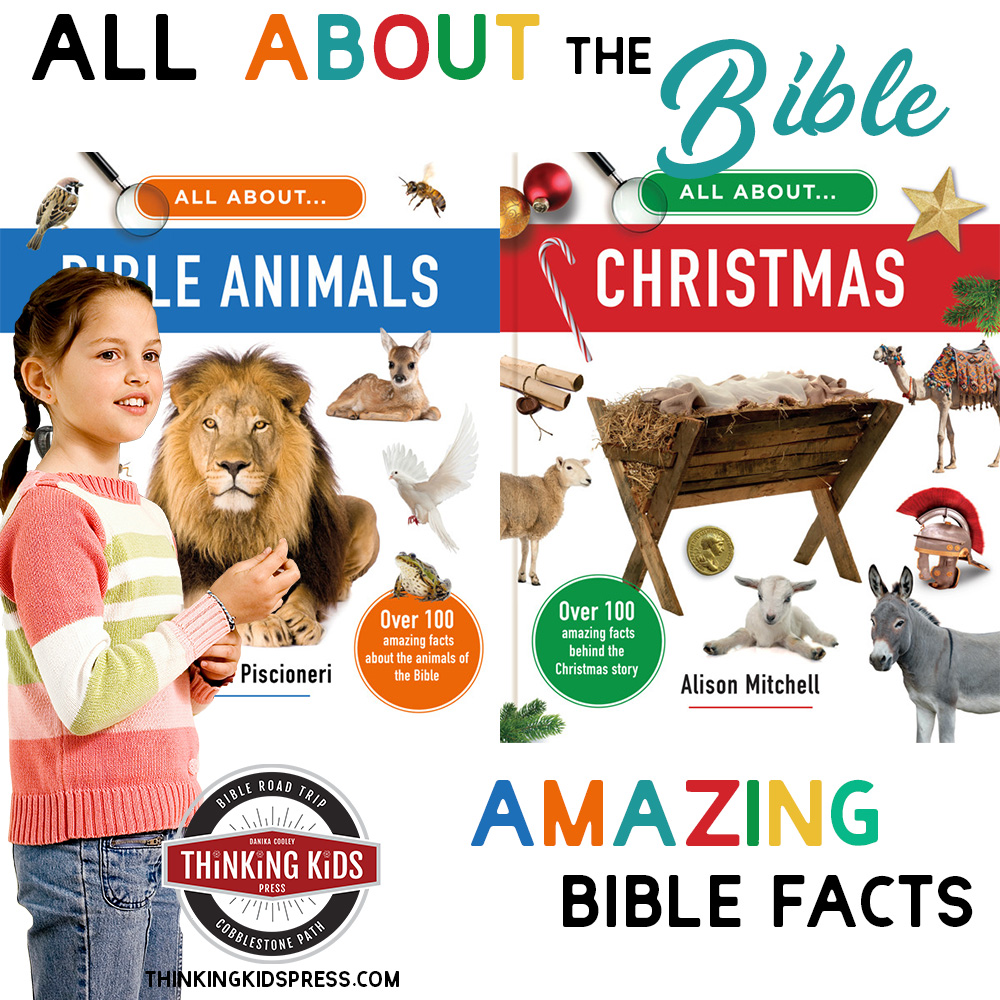

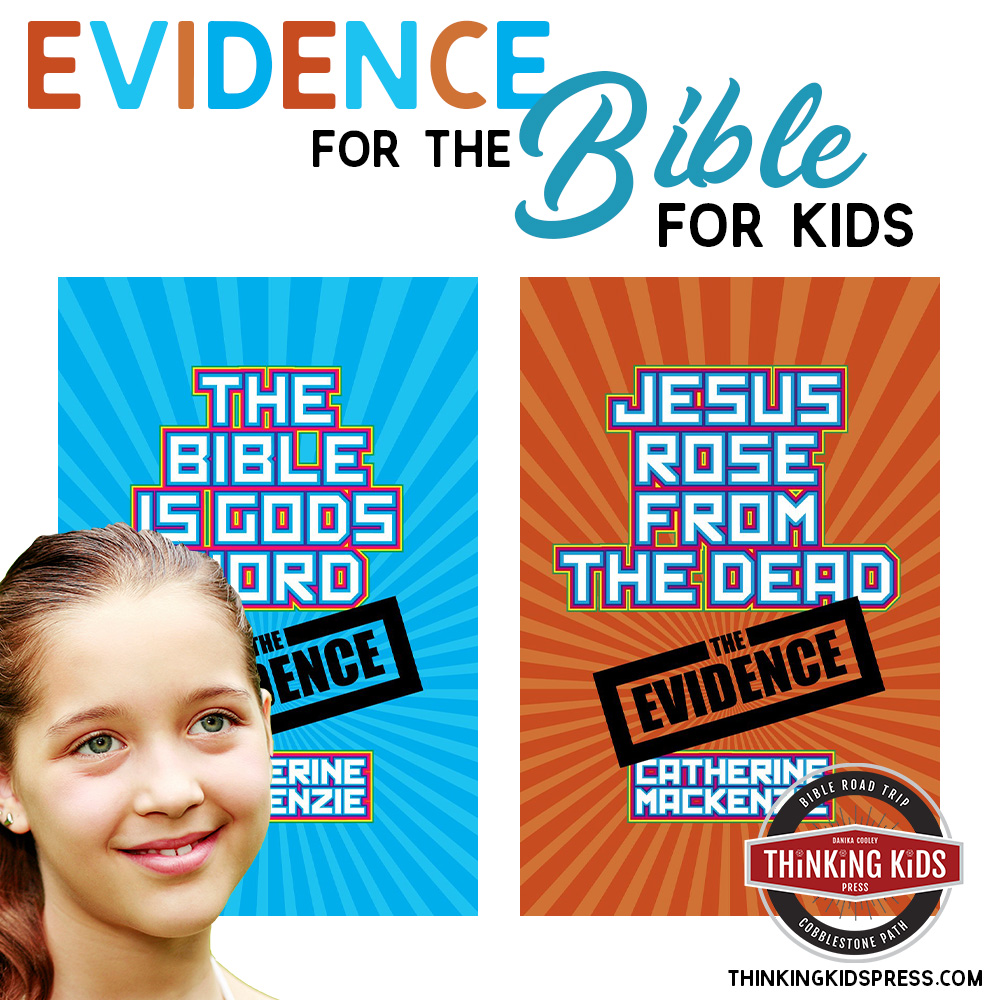
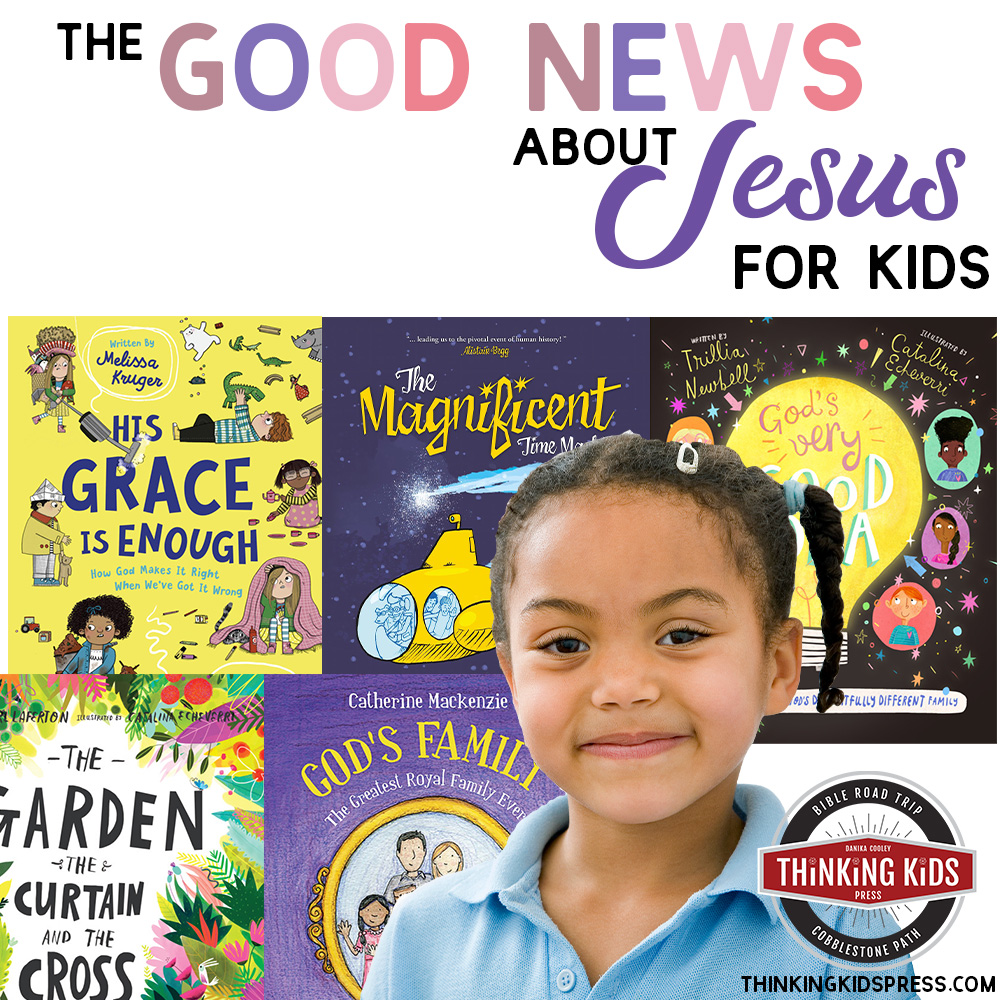


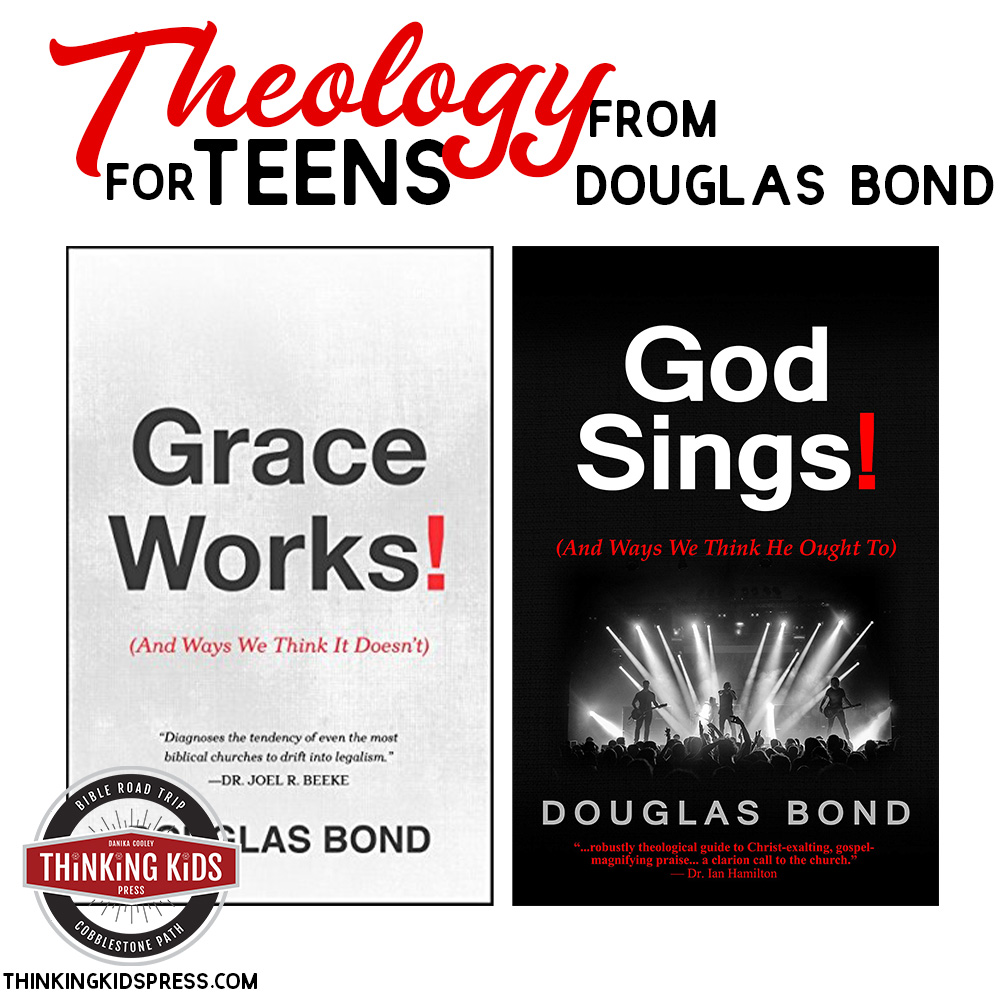
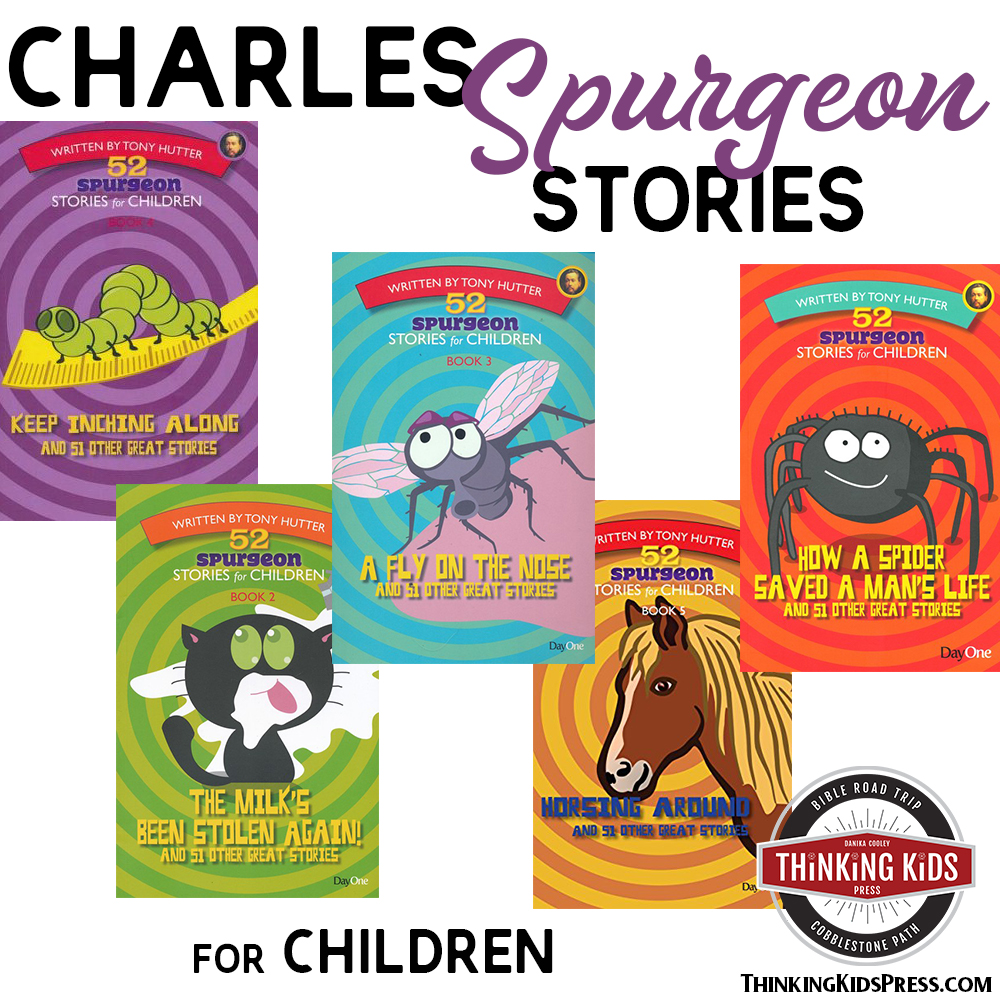
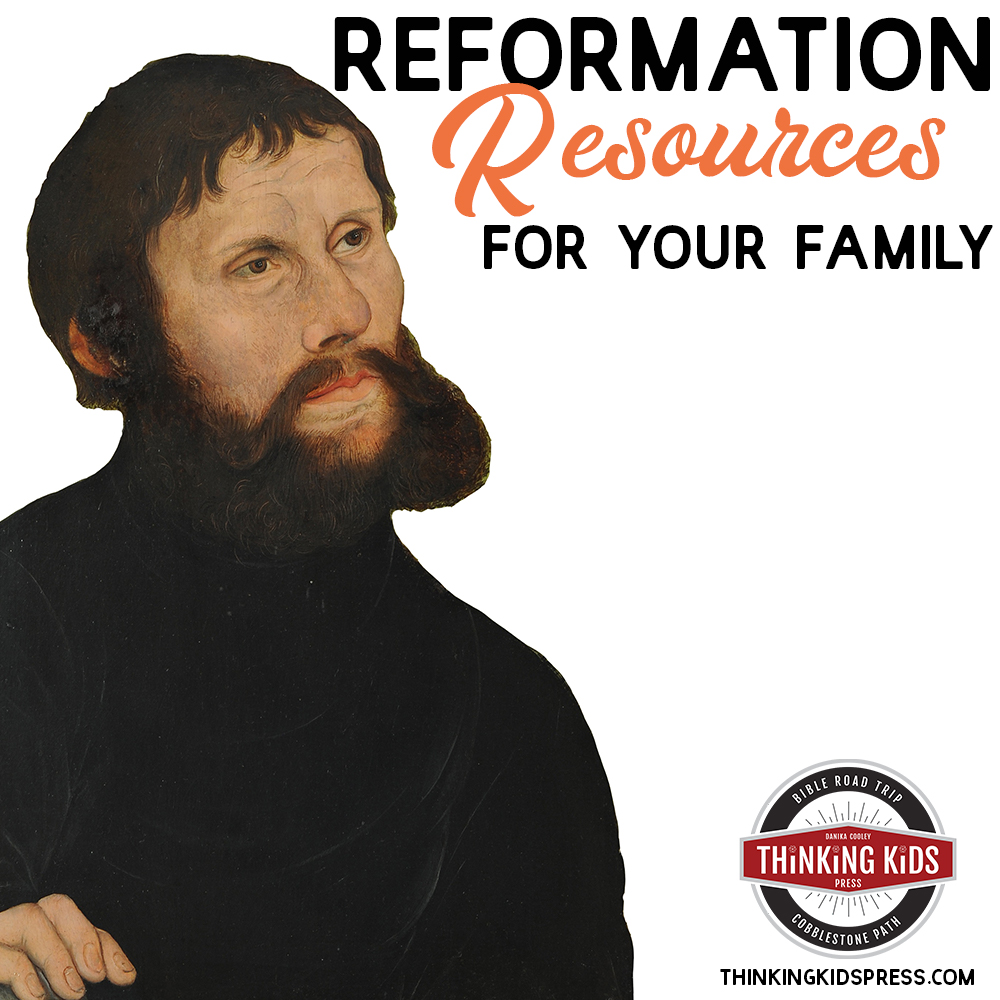
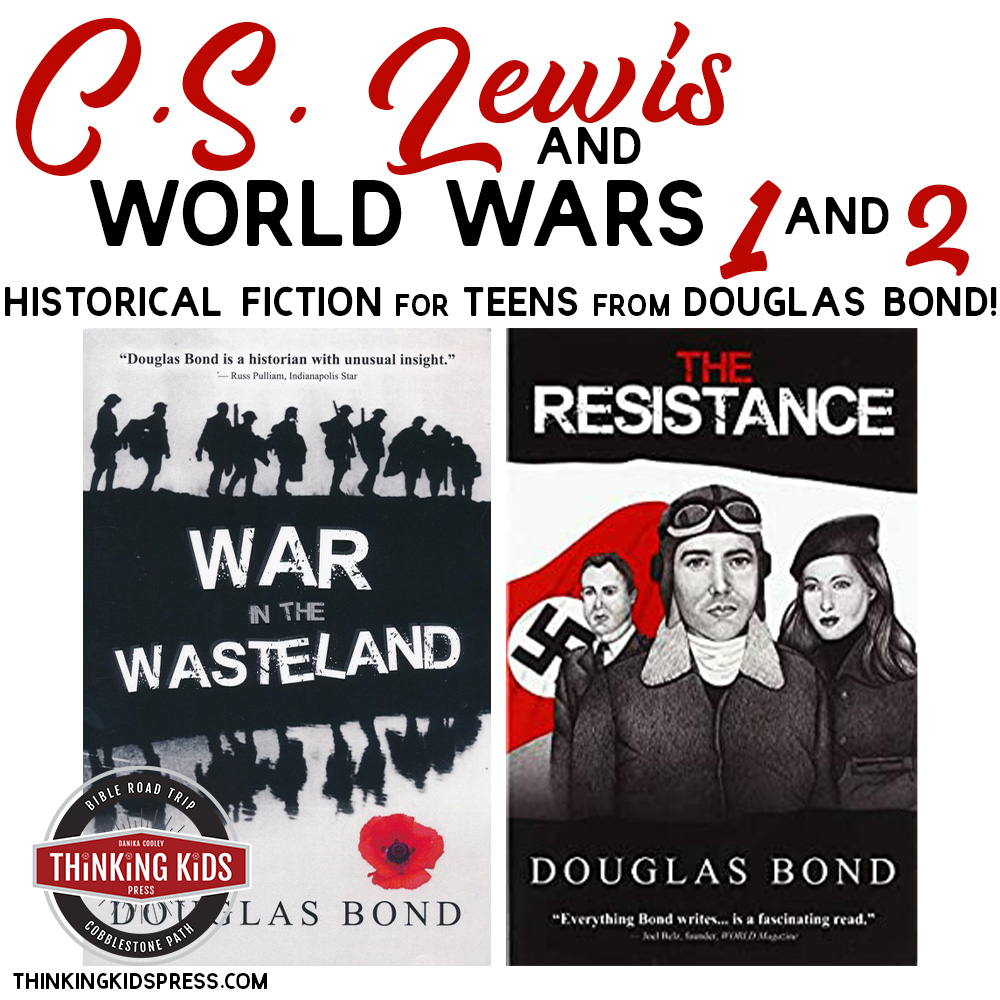
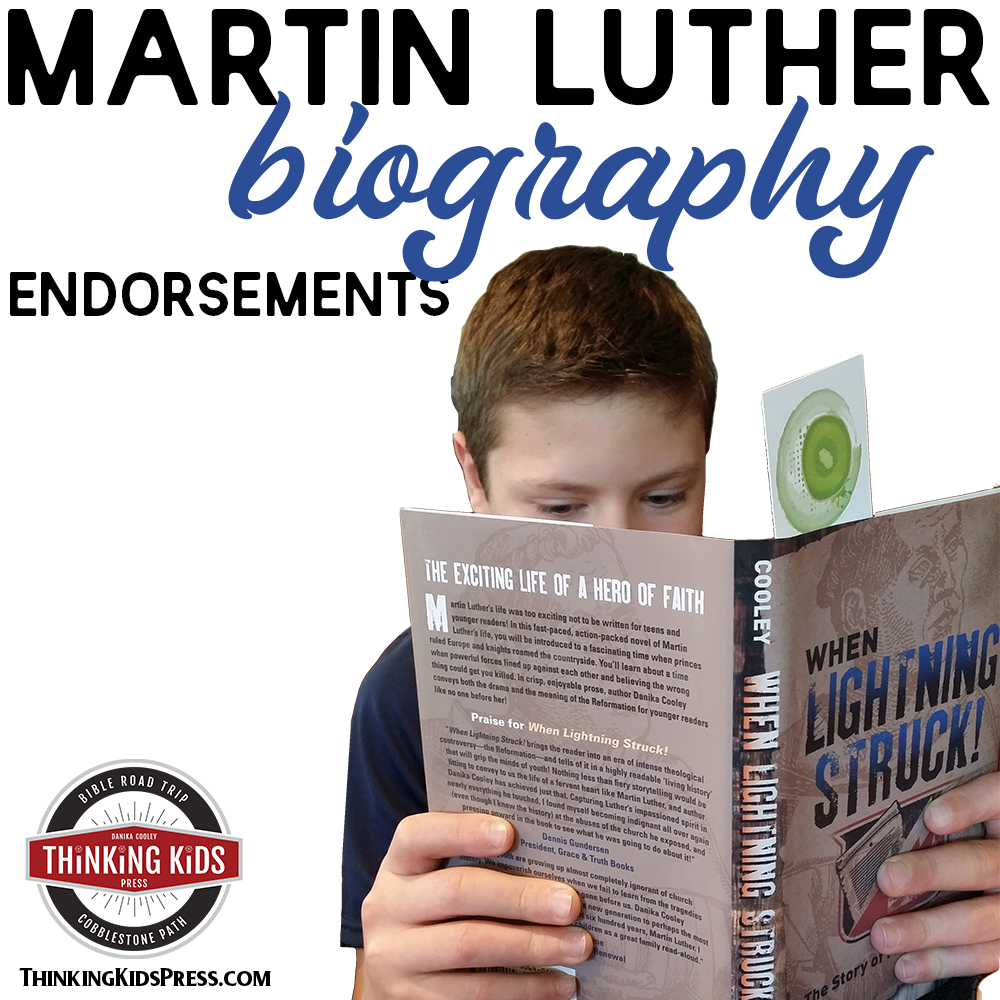
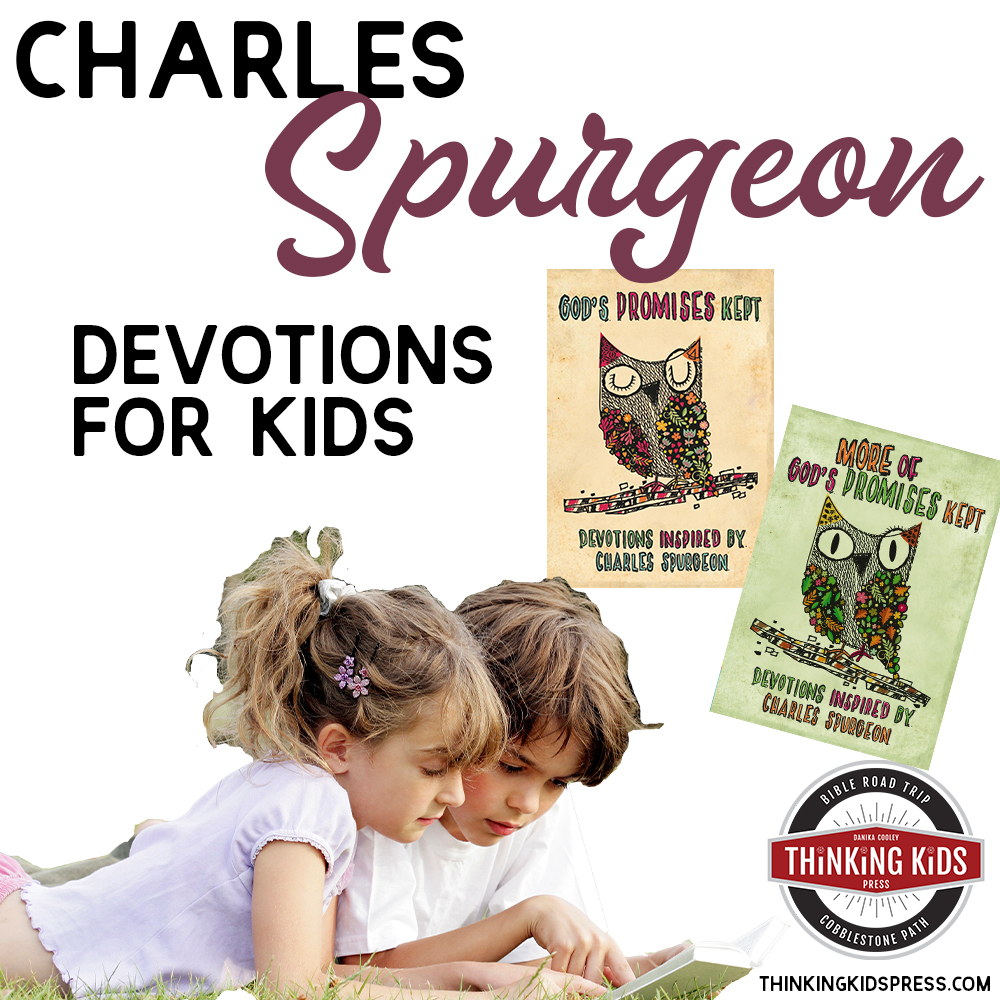
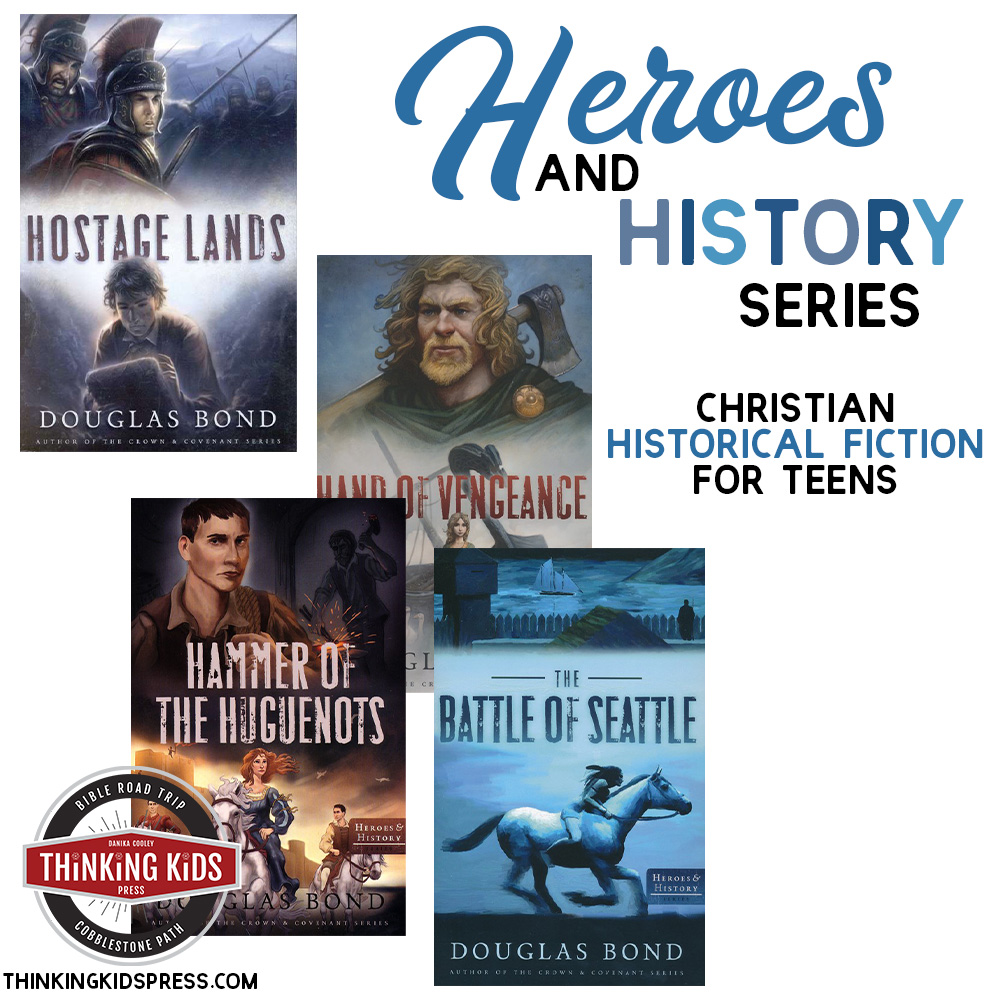
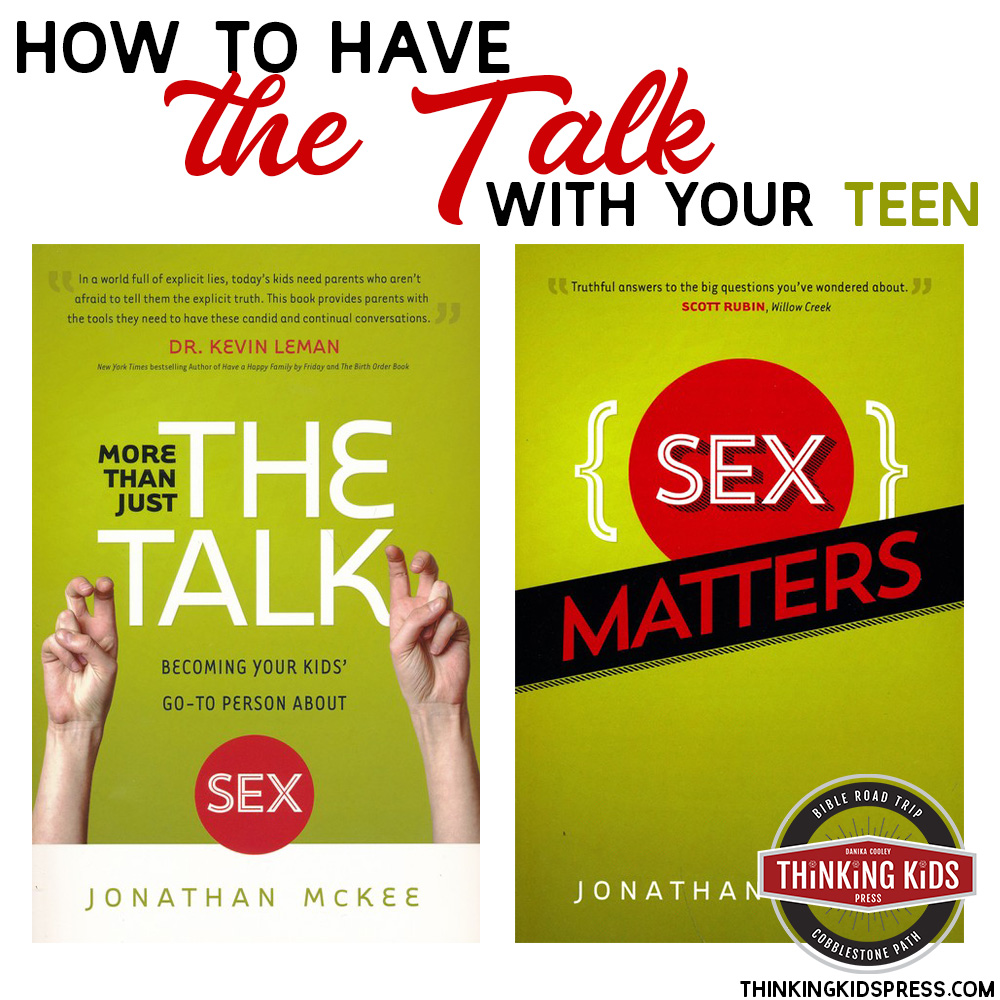

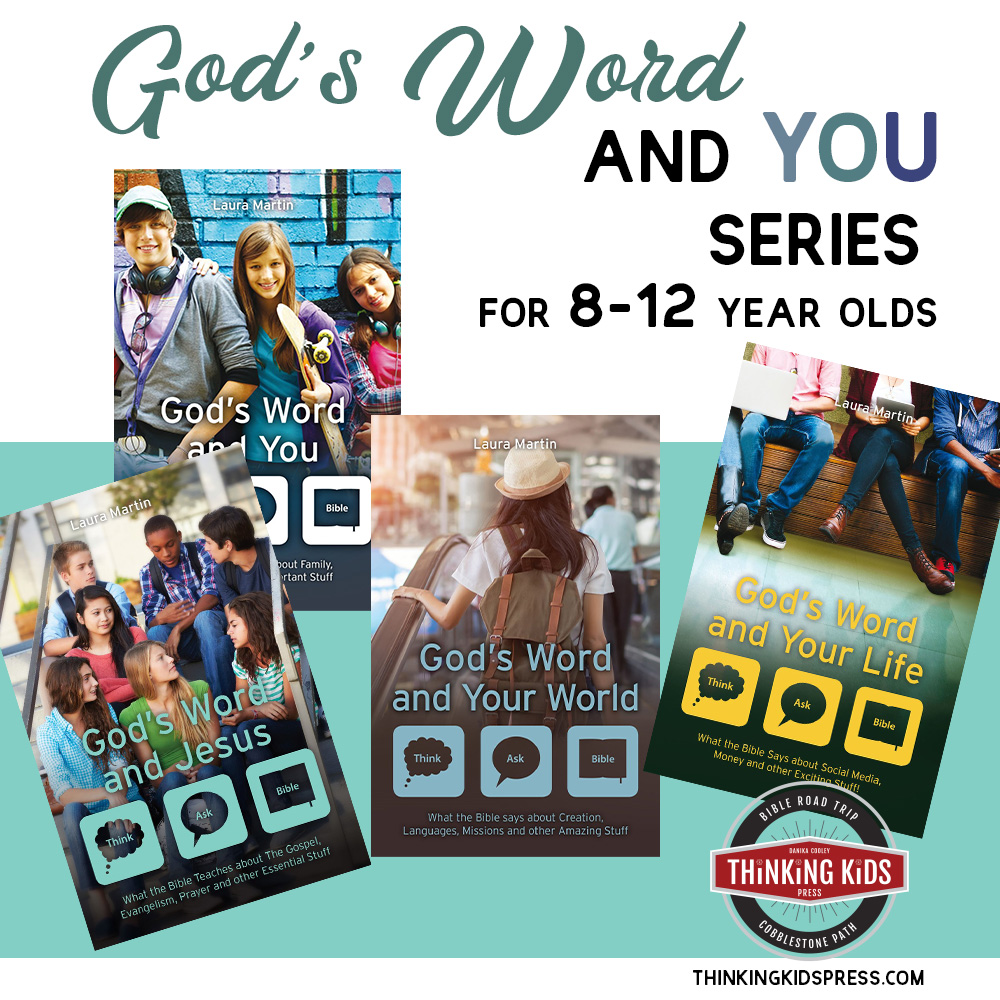
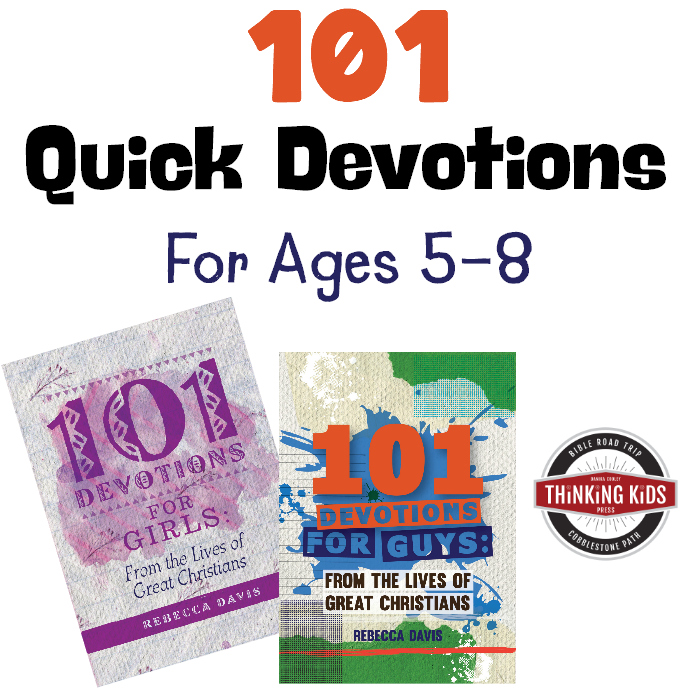
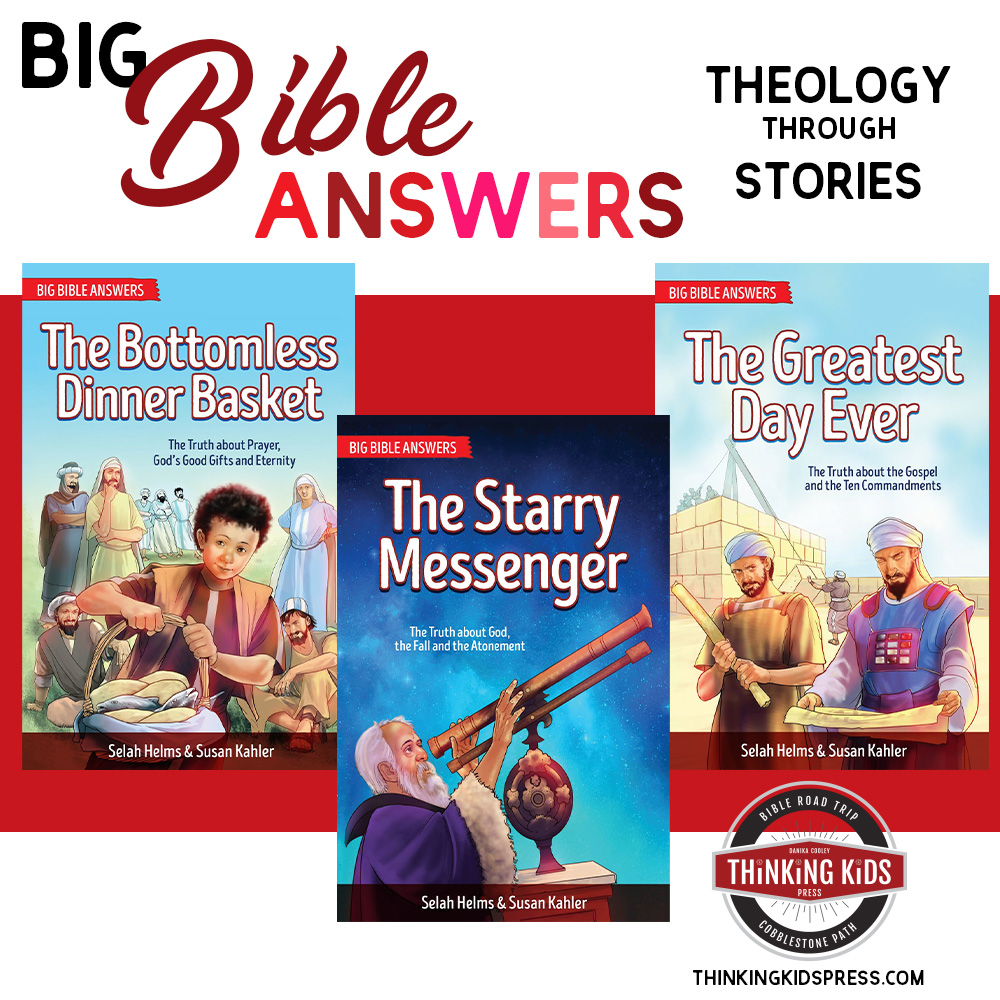
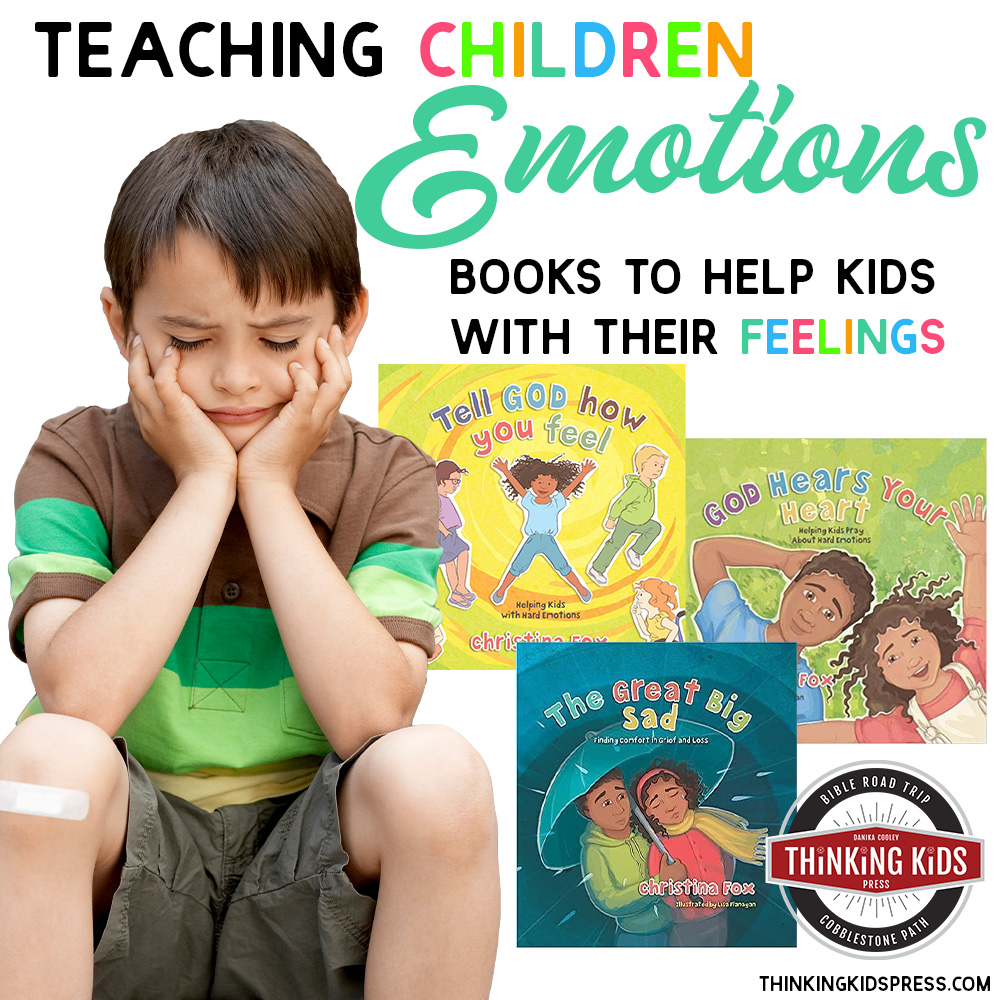
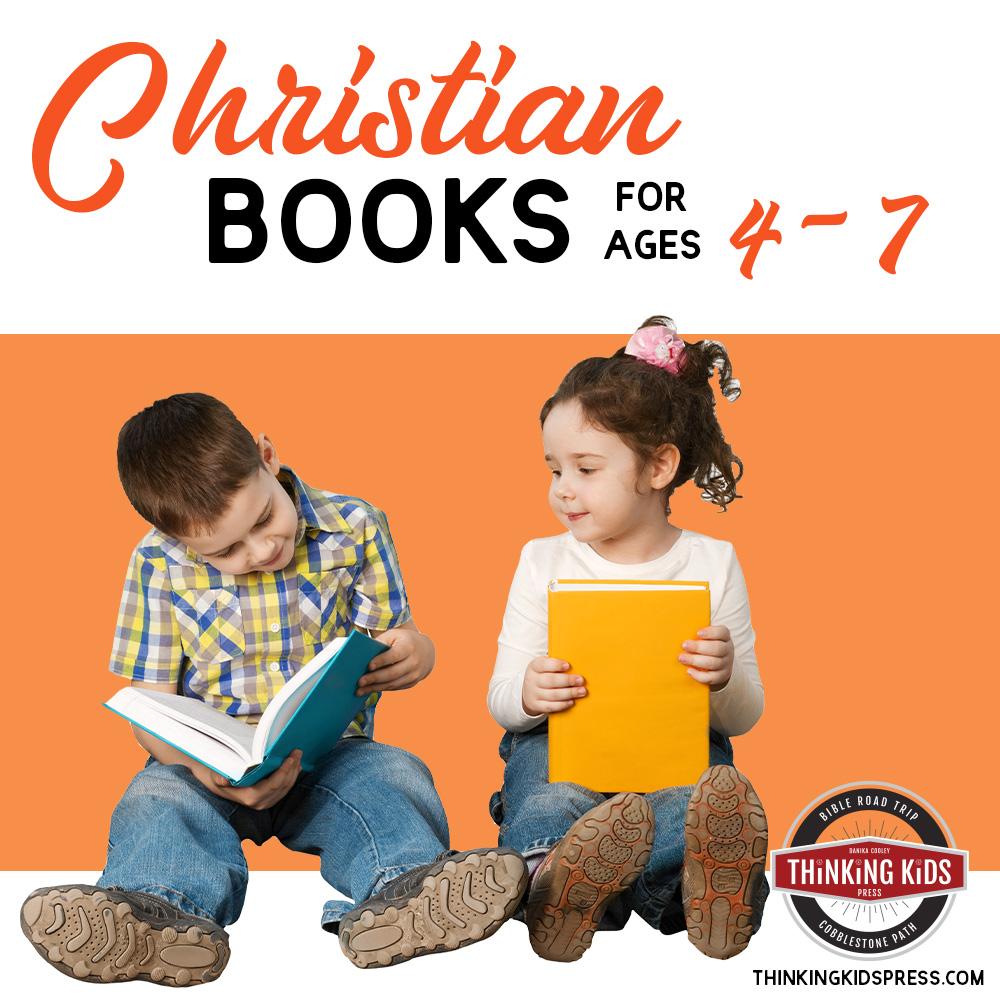

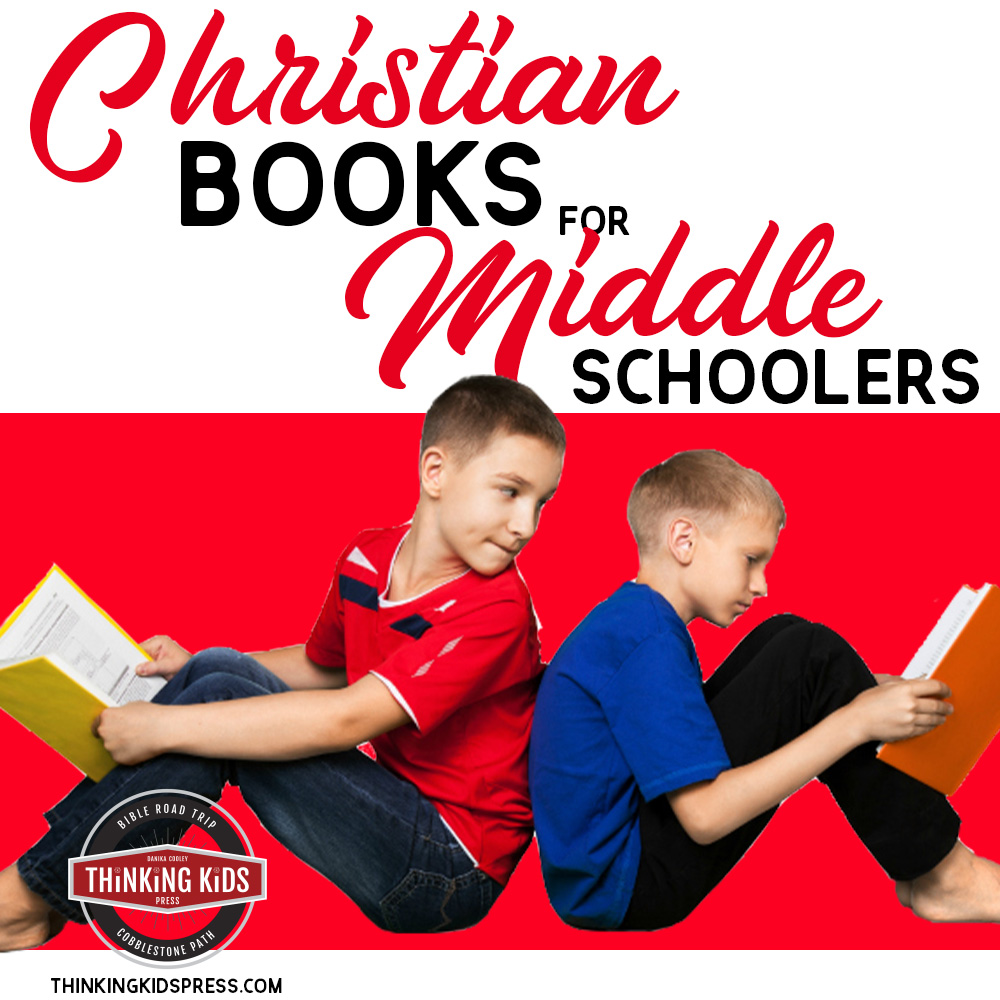



Leave a Reply